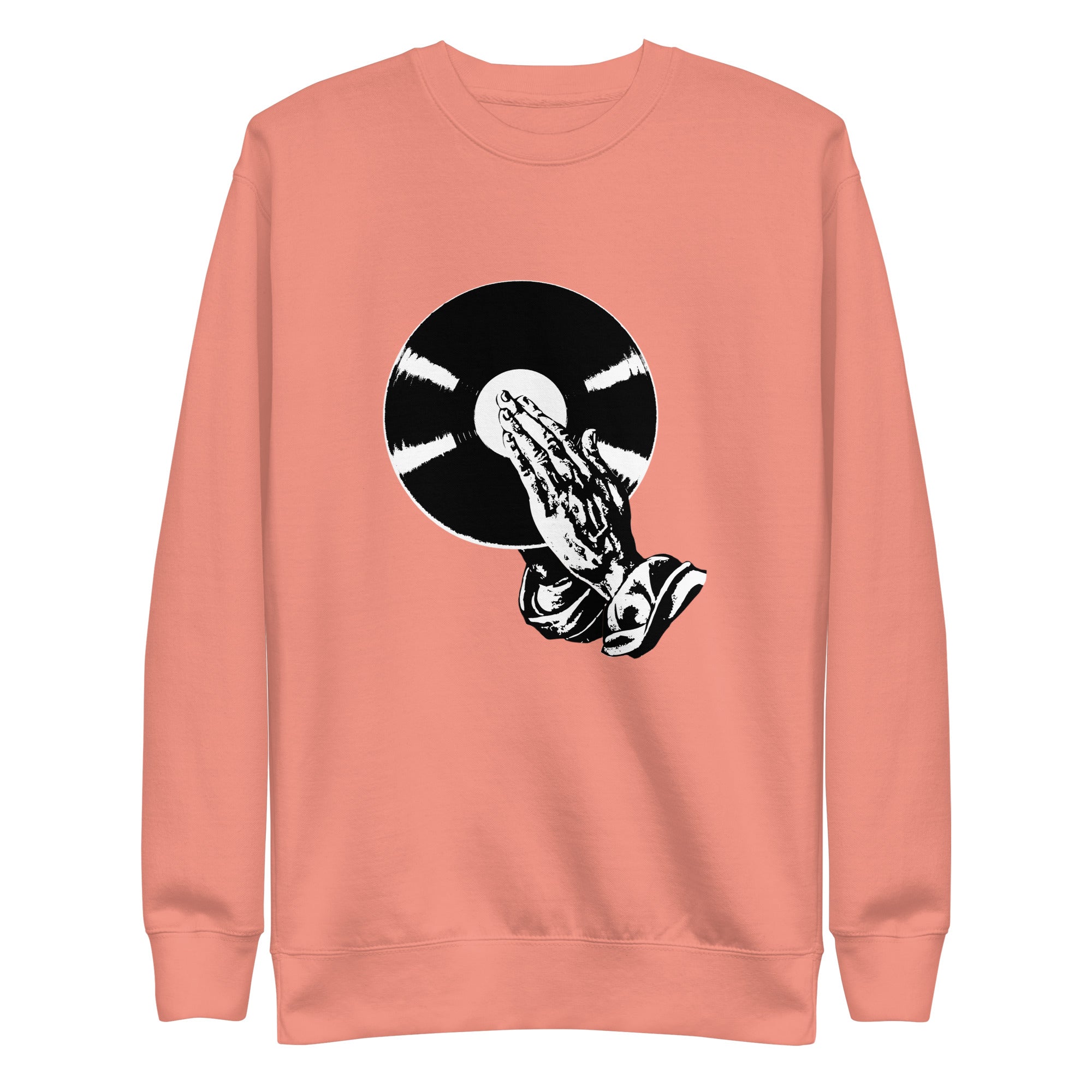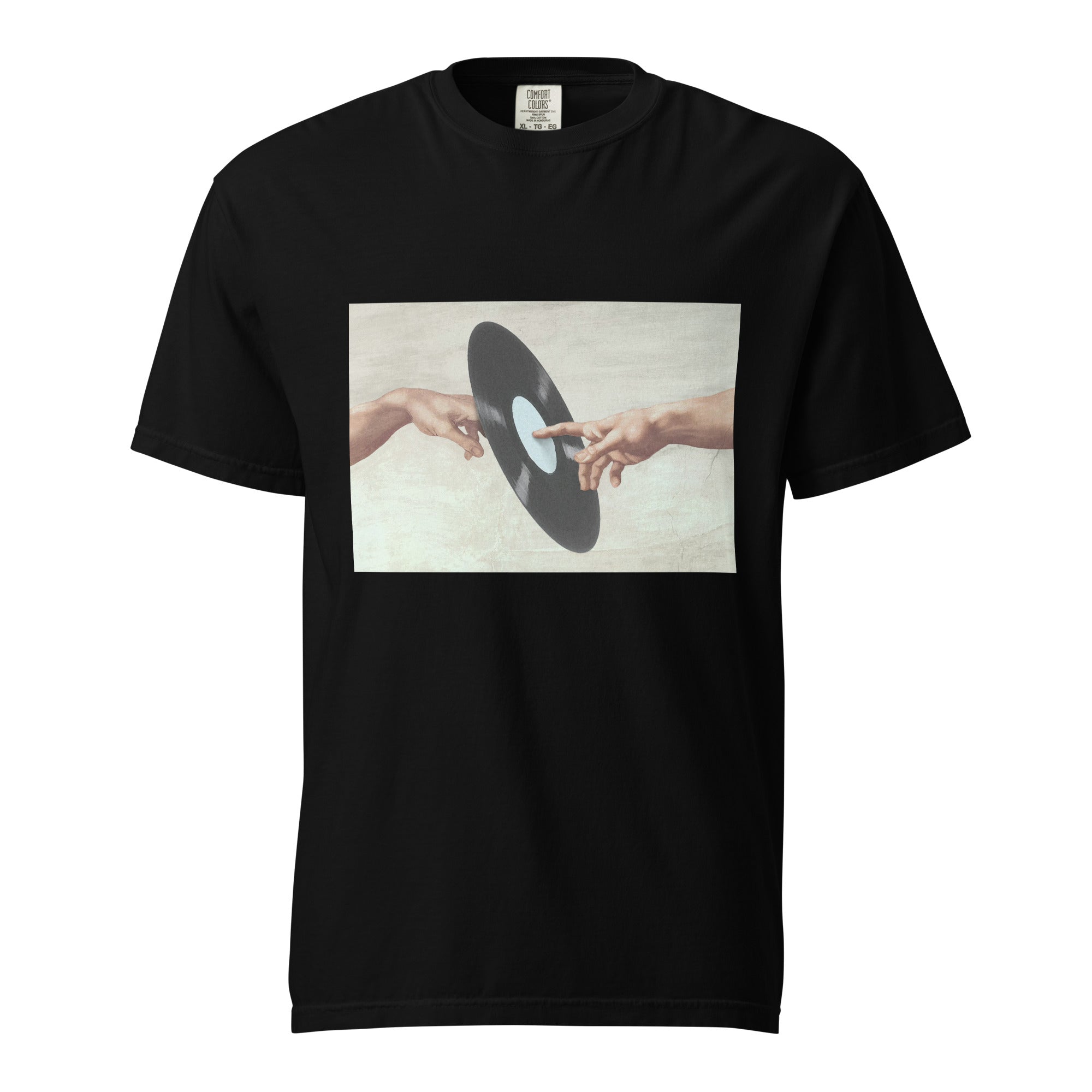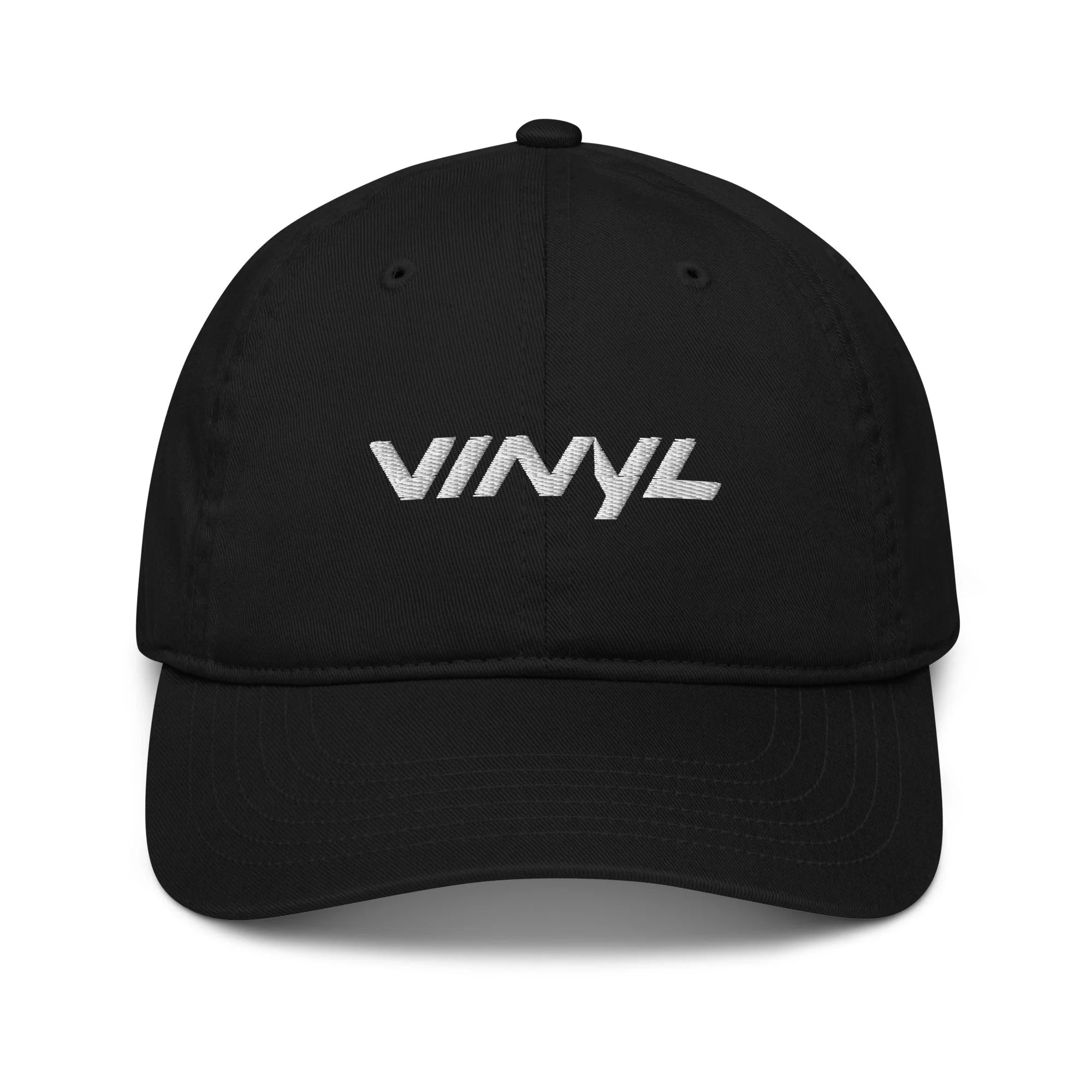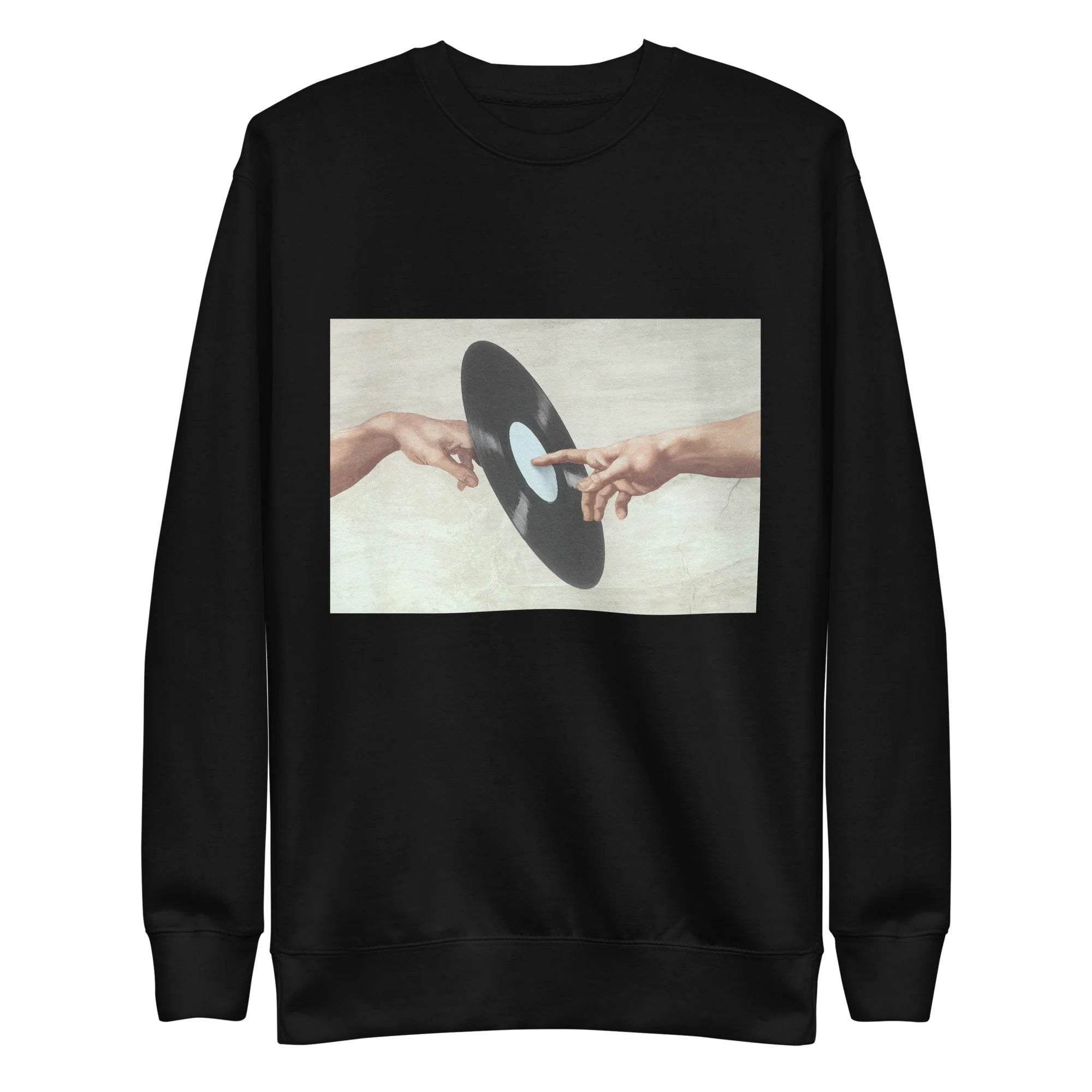Vinyl record collecting is more popular now than it has been in decades, with sales in 2022 even surpassing those of CDs for the first time since the 1980s. For many enthusiasts, the appeal goes beyond nostalgia – it’s about curating a music library that feels uniquely you. A vinyl collection can be a form of self-expression: the genres you explore, the album art you display, and the records you treasure all reflect your taste. In this guide, we’ll cover vinyl collection tips and strategies to help you build a vinyl collection that truly mirrors your personal style.

Selecting and Setting Up Essential Audio Equipment for Optimal Vinyl Listening
To create your own vinyl album experience at home, you’ll need to budget for some essentials. The core components each play a unique role in shaping the sound and overall experience. Start with the turntable, as it’s the heart of any vinyl setup. For beginners, a reliable entry-level turntable that features adjustable tracking force and anti-skate controls is ideal; these features help protect your records from excessive wear and ensure accurate playback. Decide between belt-drive and direct-drive models: belt-drive turntables are often favored for home listening due to their quieter operation and reduced motor noise, while DJs prize direct-drive turntables for their quick start-up and durability. Pay attention to whether the turntable has a built-in phono preamp, as this component amplifies the tiny signal from your cartridge to a level your speakers or receiver can use. If your turntable lacks one, you’ll need to purchase an external phono preamp or ensure your receiver has a dedicated “phono” input.
Vinyl for music lovers is all about the tangible experience, so think about what kind of music excites you most. Make a wishlist of albums and artists that define your taste, perhaps the records you’ve streamed the most or classics you’ve always loved. These will form the core of your collection. By focusing on a selection of well-regarded releases and personal favorites, you can build a solid library of timeless pieces that complement your personal style. In other words, quality trumps quantity. Early on, it’s better to have a few albums that you really connect with, rather than piles of random discs. This intentional approach will set the tone as you curate vinyl records that hold meaning for you.
Defining Your Personal Style in Vinyl
Before you buy everything in sight, take time to think about what personal style means for your collection. Are you a die-hard jazz head? A metal maniac? Do you adore the warm acoustic sound of 1970s singer-songwriters, or are you drawn to cutting-edge electronic beats? Many collectors begin by collecting vinyl by genre, focusing on the styles of music they love most, while others prefer to build a diverse vinyl collection from the start. There’s no wrong approach. If one genre really resonates with you, curating a well-curated selection in that area can give your collection a distinct identity. On the other hand, mixing up genres can showcase the breadth of your taste and might even broaden your musical horizons over time.
Don’t be afraid to mix must-have classics with personal oddities. Sure, there are plenty of lists of the best vinyl records every collection “should” have – those timeless albums that critics and fans laud. These can be great guideposts, and picking up a few famous albums in excellent pressings can elevate your library. However, remember that this is your collection. Maybe you’ll include Dark Side of the Moon or Thriller because they’re masterpieces that you happen to love – but if your top 10 albums include a local indie band’s LP or a soundtrack to a game or movie that’s special to you, that belongs in your collection too. Those unique choices make your library authentically yours.
Finding and Purchasing Records
One of the most exciting aspects of building a vinyl collection is the hunt for new additions, and today’s collectors have more avenues than ever to discover and acquire records. Each approach has its perks:
Shopping at a vinyl record shop: There’s nothing quite like the experience of visiting a brick-and-mortar record store. The smell of old album sleeves, the sound of a record spinning in the corner, and the thrill of flipping through racks of albums all contribute to the magic. Local shops often have knowledgeable staff who can introduce you to new music or help you find records that suit your taste. You might go in looking for one album and come out with something unexpected based on a staff pick or an eye-catching cover – serendipity plays a big role. Unique vinyl finds often appear in these settings, especially when exploring second-hand sections. Used vinyl can be very rewarding: you could score an out-of-print gem or a classic first pressing for a great price with a bit of digging. Remember, the hunt is half the fun. Indie record stores, garage sales, flea markets, estate sales, and thrift shops can all be gold mines for used vinyl if you’re willing to spend time searching. And don’t overlook record fairs and conventions. Events where vendors and collectors gather, often yielding rare records and interesting conversations with fellow enthusiasts. Part of building a collection reflecting your style is finding those one-of-a-kind items that feel like they were meant just for you, and chances are you’ll stumble on them in these local treasure troves.
Buying from online stores: On the other hand, the internet offers unparalleled convenience and a wide selection. A dedicated vinyl online shop can connect you to records that you might never find locally. If you live far from a good record store or you’re searching for a specific pressing, online shopping is a lifesaver. Major e-commerce platforms and auction sites have tons of listings, but often the best site to purchase vinyl is one specializing in records. For example, Vinyl.com is an online store focused on records, where you can browse by genre, find new releases, and read detailed descriptions of each album. Online, you can easily compare prices, hunt down limited editions, or pre-order upcoming releases. Look for sites or sellers that provide clear photos and grading information for used vinyl. It’s also wise to factor in shipping costs and packaging – vinyl is heavy and can be fragile if not packed well.
Use both pathways. Visit your local vinyl record shop whenever you can for the communal experience and unexpected discoveries, and use online resources to fill in gaps or snag those special items you can’t source locally.
Evaluating Record Quality and Authenticity: A Guide for Collectors
Whether you’re hunting for hidden gems in a record shop or browsing collectible editions online, knowing how to evaluate the quality and authenticity of vinyl records is essential, especially when purchasing second-hand or rare pressings. The first step is understanding the universal grading system used by sellers and collectors. Most records are graded using terms like Mint (M), Near Mint (NM), Very Good Plus (VG+), Very Good (VG), Good (G), and Poor (P). “Mint” indicates a flawless record, often unplayed and with pristine packaging. “Near Mint” shows minimal signs of handling and should play without surface noise. “Very Good Plus” and “Very Good” grades suggest some visible wear or minor scuffs, but the record should still sound good, with only occasional pops or clicks. “Good” and “Poor” grades are typically reserved for records with heavy wear, scratches, or noise, and are best avoided unless you’re seeking a rare item for display rather than listening.

The Thrill of Rare and Unique Finds
Every record collector lives for the moment of discovering something extraordinary. These might be rare pressings, limited editions, or simply albums that have a personal significance, which is hard to come by. To cultivate a collection that reflects you, stay on the lookout for records that have a compelling story. Maybe it’s a first pressing of the album that changed your life, or a special edition colored vinyl of your favorite soundtrack that only sold 500 copies. These treasures add character to your library.
The Value of Engaging with the Vinyl Community
Connecting with other vinyl collectors and enthusiasts is one of the most rewarding aspects of building a vinyl collection, and it can profoundly enrich your journey as a collector. The vinyl community is a vibrant and welcoming network where people from all backgrounds come together over a shared passion for music and the unique experience of analog listening. By engaging with this community, you tap into a wellspring of collective knowledge, support, and inspiration that can accelerate your learning curve and deepen your appreciation for the hobby. One way to increase your chances of finding rarities is to network with other collectors. Share your wishlists with fellow enthusiasts or local record store owners – sometimes they’ll keep an eye out for you. Attend Record Store Day if possible; this annual event features exclusive releases that can become centerpiece pieces of a collection. Patience is key. You won’t find holy grails every week, and that’s okay. The slow accumulation of meaningful records is part of the journey.
Caring for Your Vinyl and Equipment
Building a great collection is only half the story; preserving it is the other half. Vinyl records are physical artifacts, and they demand a bit of TLC to keep them sounding pristine. Good care practices also reflect a respect for your music:
Handling and storage: The golden rule is to handle records by the edges or the labeled center – never grab them by the grooves. The oils and dirt from your fingers can easily transfer to the delicate groove surfaces, causing noise or long-term damage. When not in use, records should be stored upright in their sleeves. Always store vinyl records vertically to prevent warping and unnecessary pressure on the ones at the bottom; avoid stacking them in horizontal piles. Think of how books sit on a shelf – your LPs should sit the same way. Use sturdy shelving that supports the full height of the records to prevent them from leaning too much. Ensure there’s a bit of wiggle room so that records aren’t packed too tightly together; you should be able to slide one out without wrestling it. Inner sleeves are critical: if an album came with a paper sleeve, consider replacing it with a higher-quality anti-static plastic or poly-lined sleeve, which is gentler on the vinyl. Outer sleeves can protect album artwork and prevent dust, but ensure that any plastic you use is PVC-free to avoid chemical reactions with vinyl during long-term storage.
Turntable and stylus maintenance: Your turntable’s condition directly affects your records’ well-being. Check the stylus regularly – under a bright light, you can see if dust bunnies are clinging to it or if it looks worn. Use a small stylus brush or an approved stylus cleaner to gently clean the needle from back to front to avoid bending the cantilever. Many recommend doing this before each listening session. Ensure your turntable is correctly calibrated: the tracking force should be set to the cartridge manufacturer’s recommendation. Too light can cause the stylus to skip and potentially scratch records; too heavy can cause excessive wear to the grooves. If you’re unsure, a cheap digital scale for stylus force can help you dial it in.
Environmental factors: Keep your vinyl away from heat sources and direct sunlight – high temperatures can warp records surprisingly quickly. Aim for a cool, stable environment, not a damp basement or a boiling attic. Normal room conditions are perfect. If you live in a very humid area, consider a dehumidifier or at least ensure air circulation to prevent mold.
By practicing these care habits, you’ll ensure your collection not only reflects your style but also stands the test of time. There’s a pride in keeping your vinyl gleaming and sounding as crisp or warm as intended.
Deep Cleaning and Maintenance Techniques
To keep your vinyl collection sounding its best and to ensure your investment lasts for decades, it’s crucial to adopt a thorough cleaning and maintenance routine for both your records and your equipment. Before and after every play, gently brush each record with an anti-static carbon fiber brush. This removes surface dust and reduces static, which can attract more debris. Always brush in the direction of the grooves to avoid pushing particles deeper. For records that have visible fingerprints, smudges, or have been played frequently, a more thorough cleaning is recommended. Use a dedicated record cleaning solution or a mixture of distilled water and a few drops of a specialized vinyl cleaner. Apply the solution with a soft, lint-free microfiber cloth or a purpose-made record cleaning pad, again moving in a circular motion along the grooves. Avoid household cleaners or tap water, as these can leave residues or cause damage.
Expanding and Evolving Your Collection
Tastes change; perhaps you went through a significant punk phase and later found yourself more drawn to jazz, or vice versa. If there are records you haven’t spun in years and don’t foresee wanting to, consider trimming the fat. This is where selling vinyl records or trading can come into play. Many local record shops buy used vinyl, and they might give you cash or store credit for your unwanted albums, especially if they’re in good condition. Alternatively, you can sell records online through marketplaces or forums. Not only does this free up space for new acquisitions, but it also puts those records back into circulation for someone else who might appreciate them more.
Enjoying Your Vinyl: Playlists, Displays, and Atmosphere
One of the simple pleasures of vinyl is curating a listening session. In the digital age, making a playlist is as easy as dragging and dropping files, but there’s something uniquely satisfying about crafting a set of songs using physical records. You might plan an evening where you select 5–6 albums that suit a particular mood or theme, such as a rainy day jazz set or an upbeat party mix of funk and disco. Arrange them in the order you want to hear, and that’s your analog playlist for the night. You can even mix in single tracks if you have some 7-inch singles or if you’re handy with the turntable and want to play DJ. When you make your own vinyl playlist in this way, the process of changing records, flipping sides, and engaging with each album becomes part of the enjoyment. It demands your attention and creates a listening experience that’s more intentional than passive background music.

Building a vinyl collection is a deeply rewarding endeavor because it’s about creating a musical autobiography. By thoughtfully selecting records, you end up with a collection that tells a story about your tastes, your influences, and your memories. There will always be another album that catches your ear or an older release you suddenly discover and can’t believe you lived without. Embrace that continuous discovery. Let your collection breathe and grow with you. Treat your records well, and they will provide you with a lifetime of enjoyment, nostalgia, and inspiration.
Sources
Business Insider – Vinyl sales surpassed CDs for the first time in 35 years as records make 'remarkable resurgence', Bethany Biron (2023)businessinsider.com
Vinyl.com – Building Your Dream Vinyl Collection: A Step-by-Step Guide (Vinyl.com blog)vinyl.com
Nottingham HiFi – How to Properly Store Your Vinyl Collectionnottinghamhifi.co.uk

![Various Artists - Once Upon A Time: The Tarantino Sound [Red 180-Gram]](http://vinyl.com/cdn/shop/files/4376720-3283530.jpg?v=1733870948&width=5760)
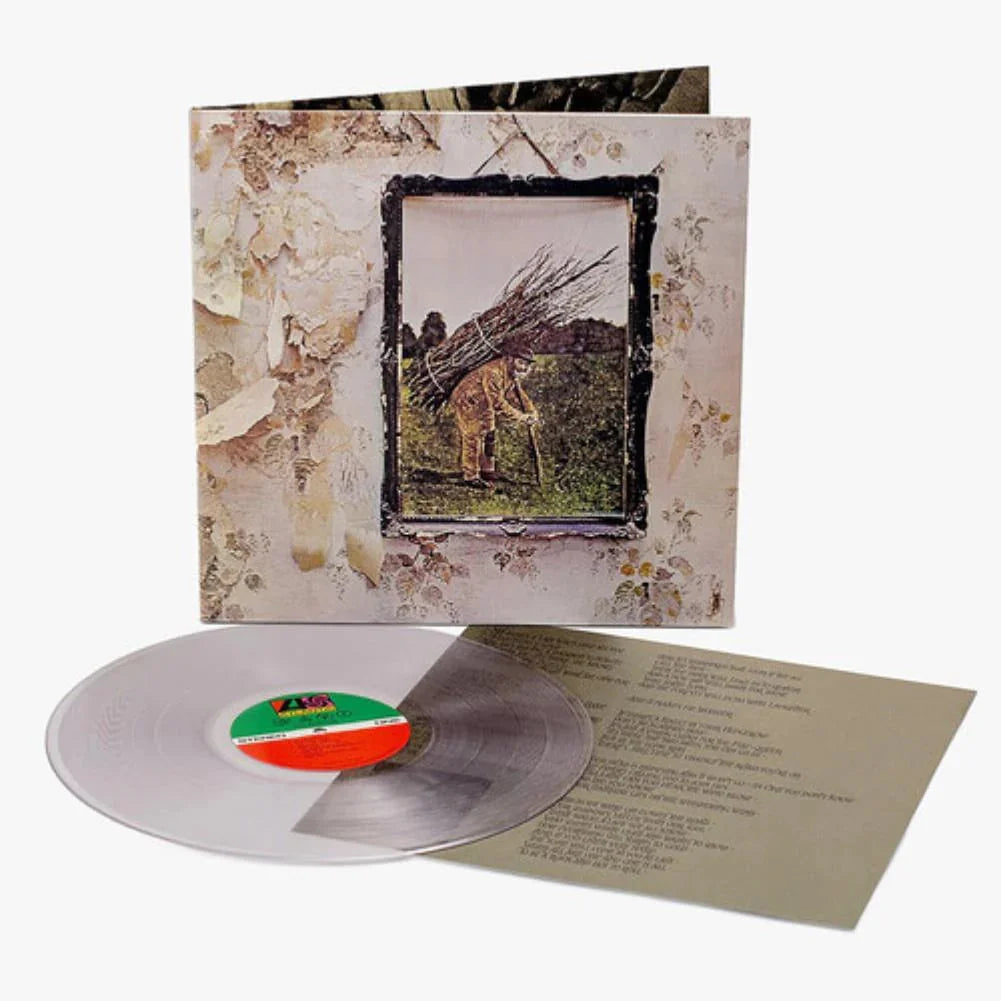
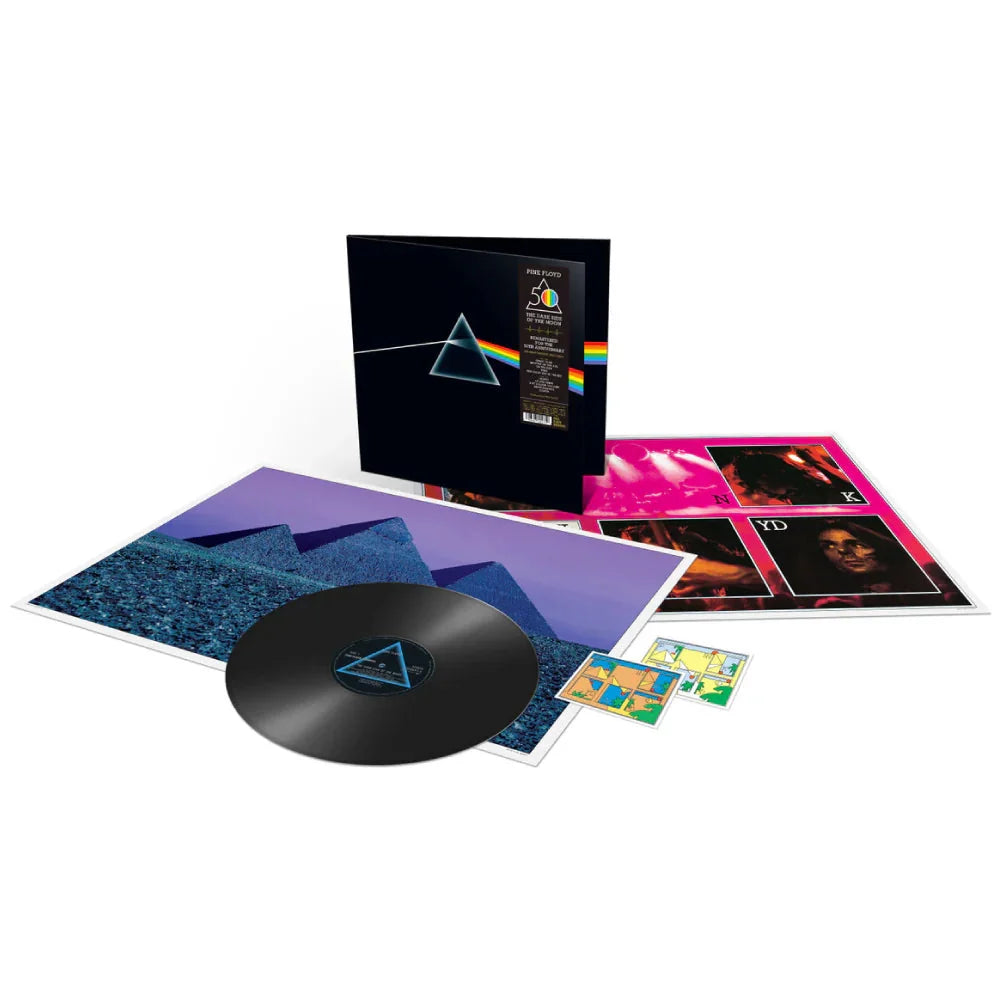
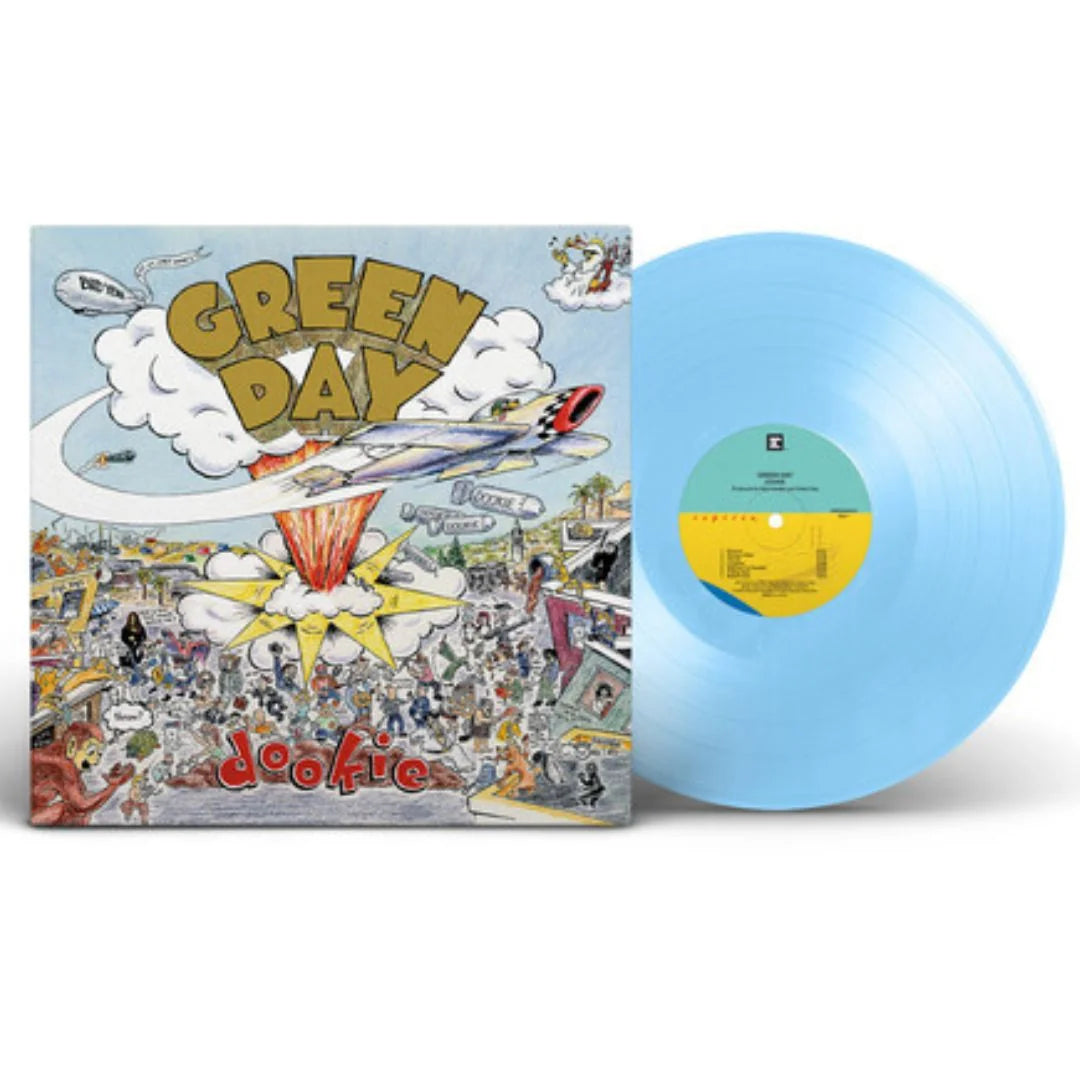
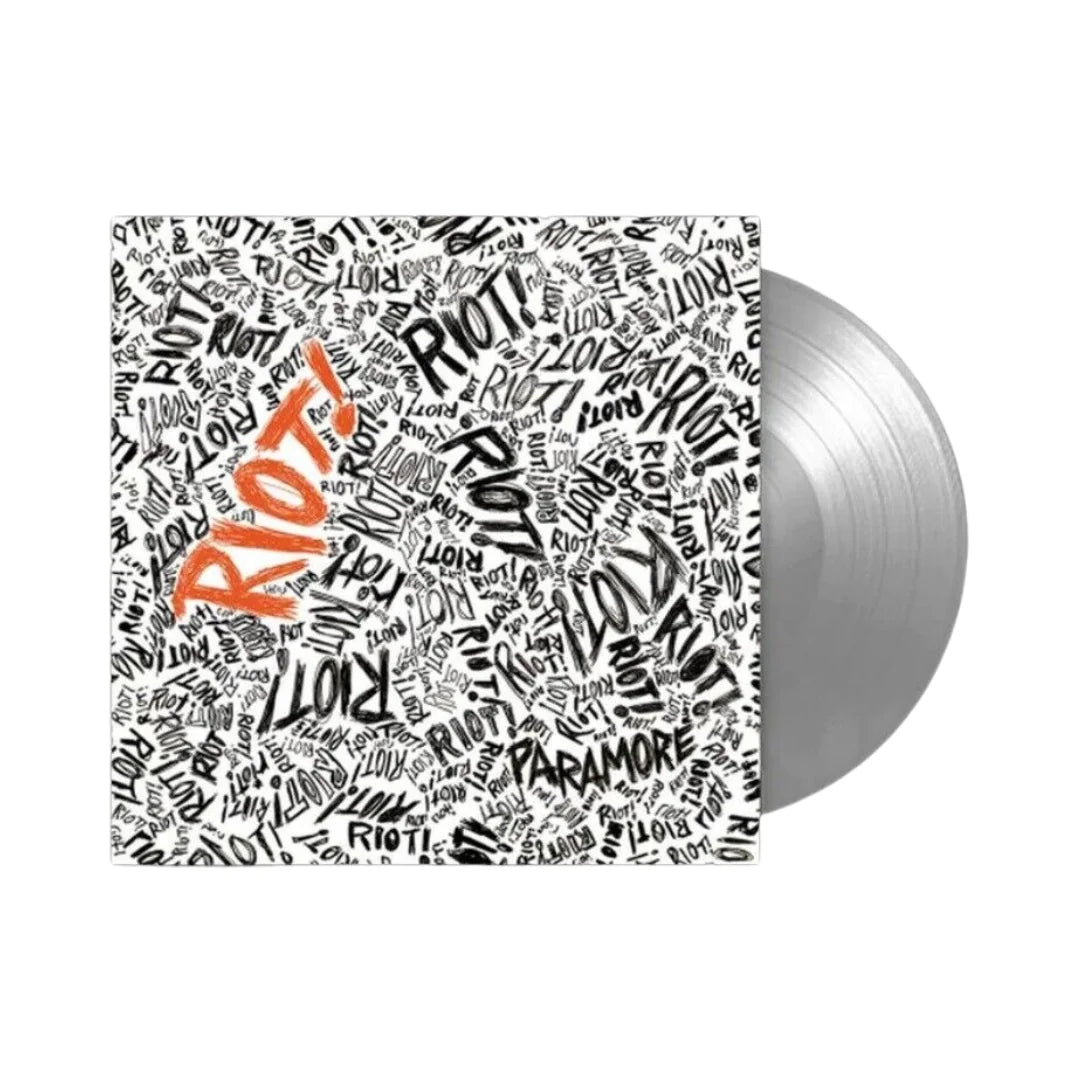
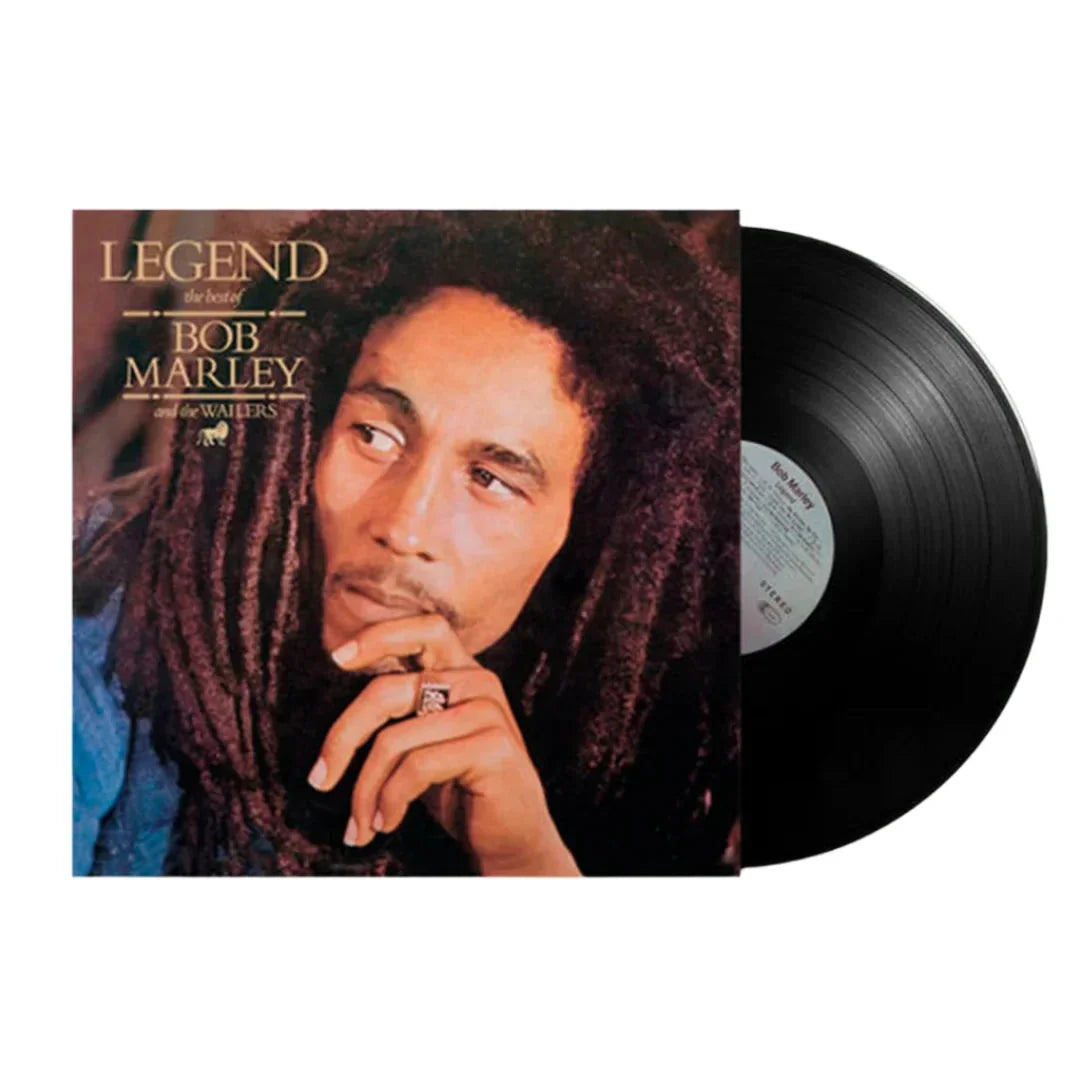
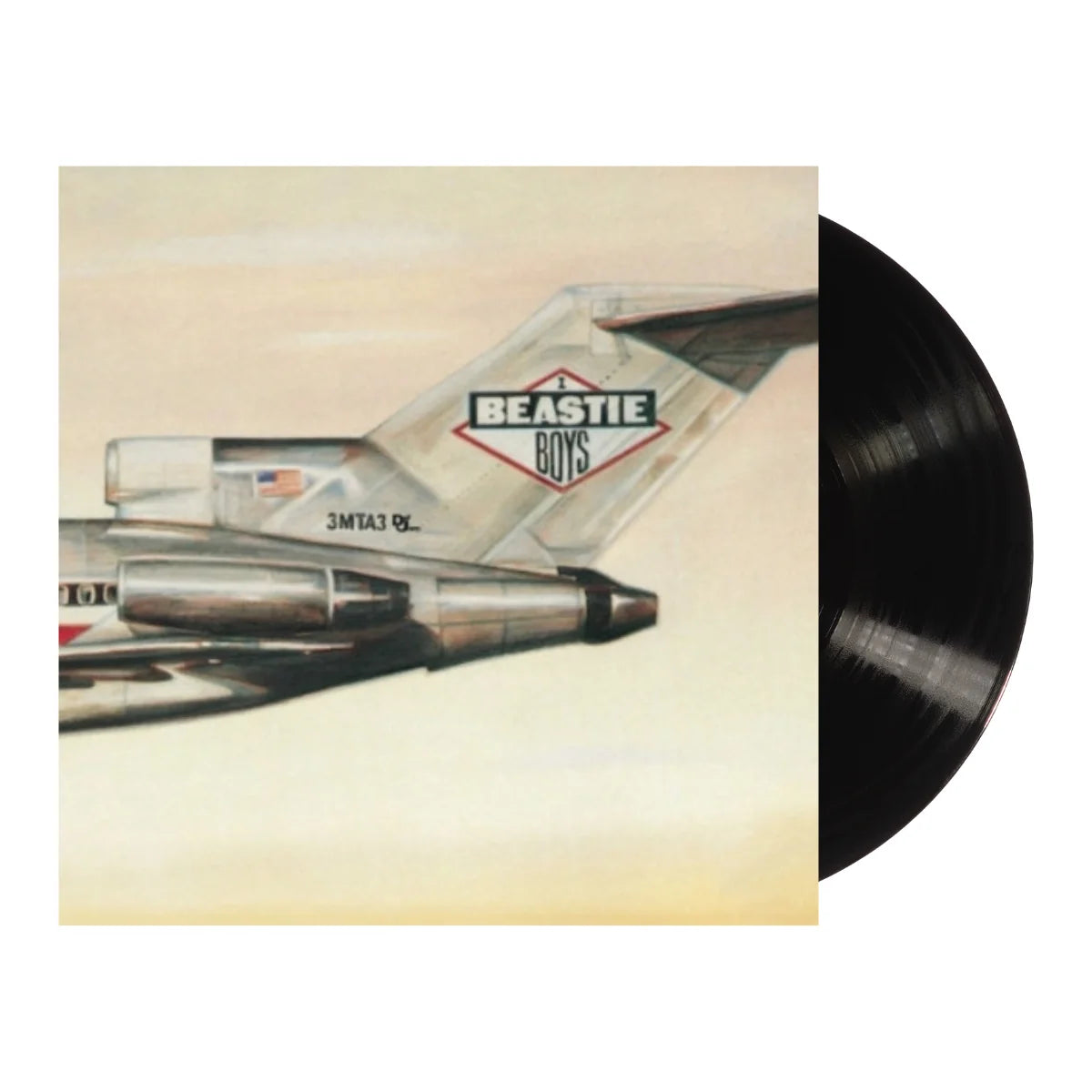
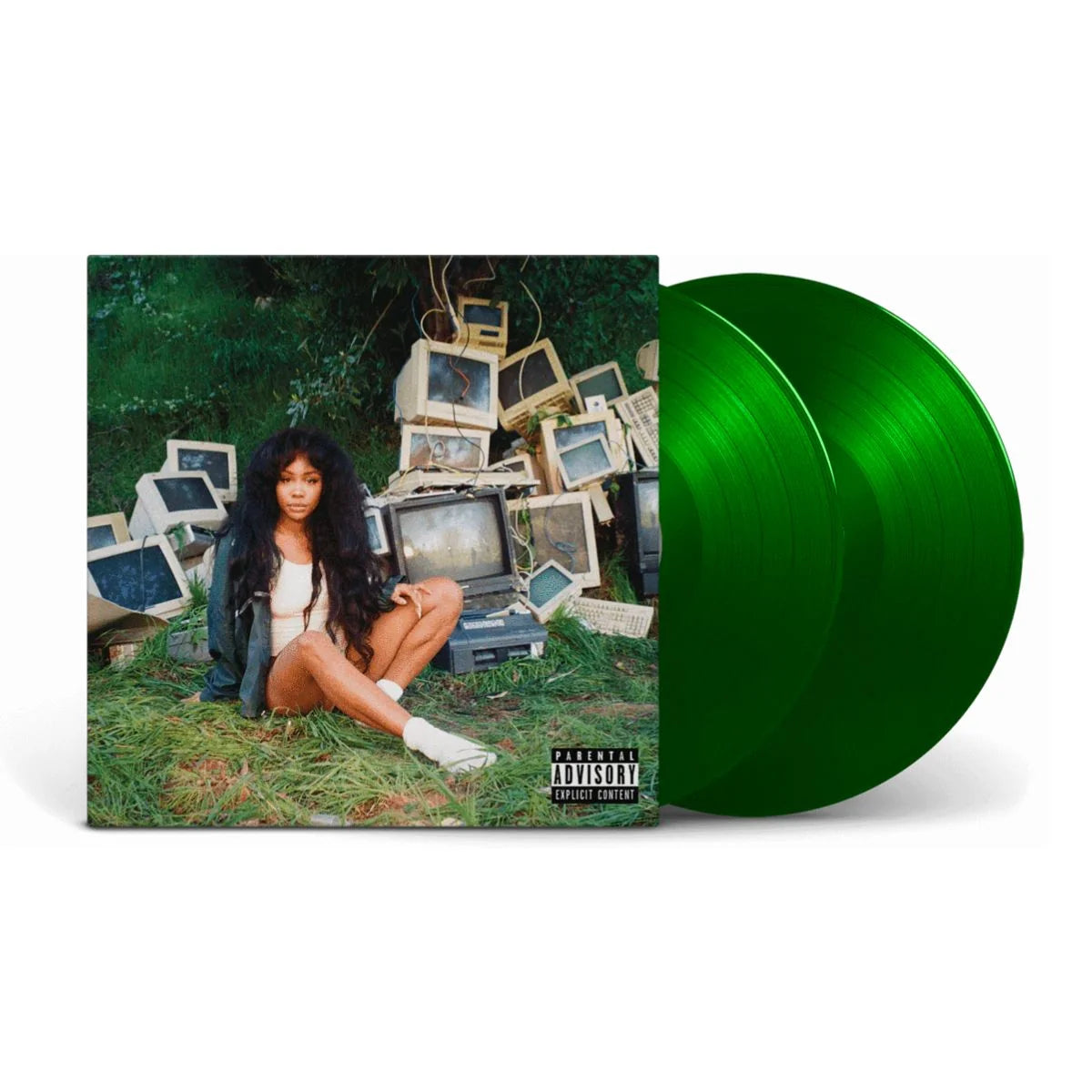
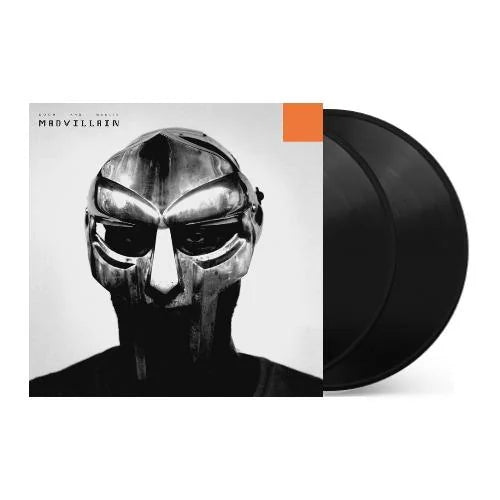
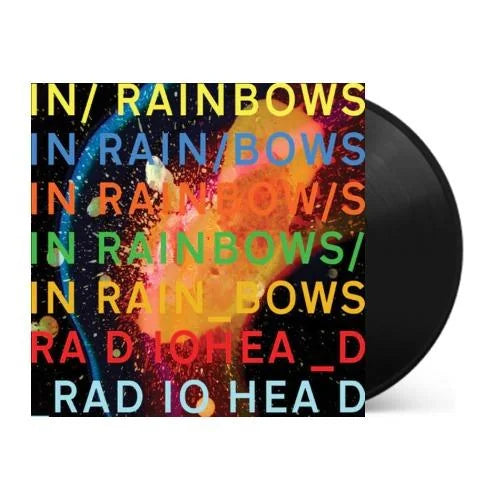
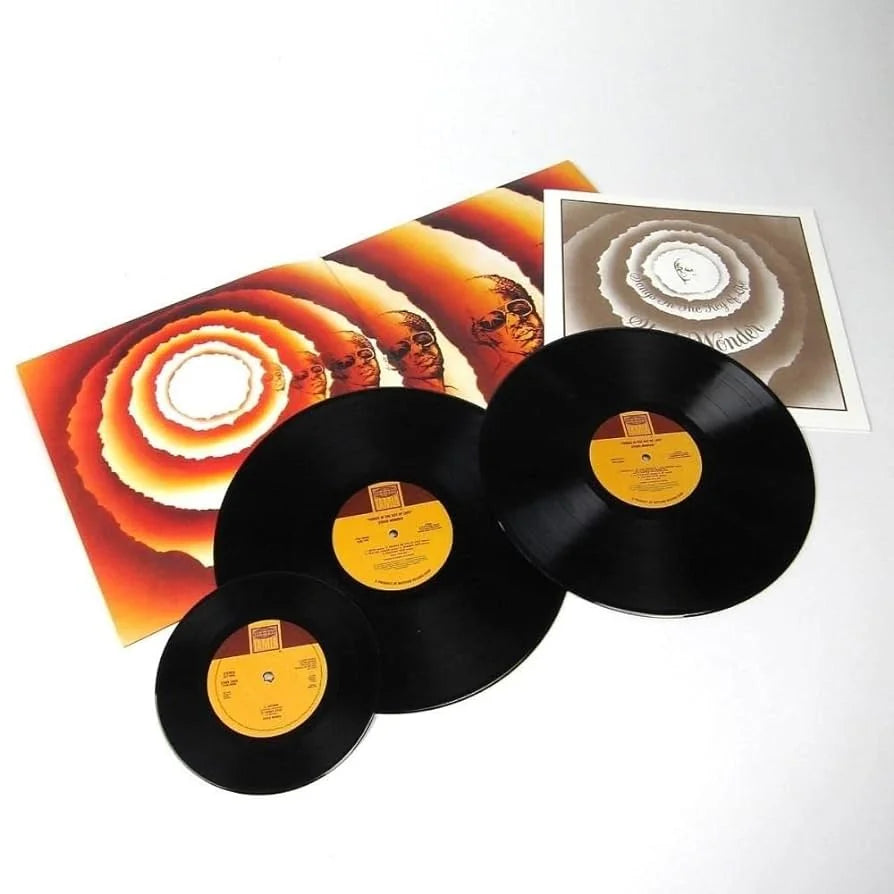
![The Grateful Dead - The Music Never Stopped [6LP Box Set]](http://vinyl.com/cdn/shop/files/The_Grateful_Dead-The_Music_Never_Stopped__6LP_Box_Set.jpg?v=1747729623&width=5760)
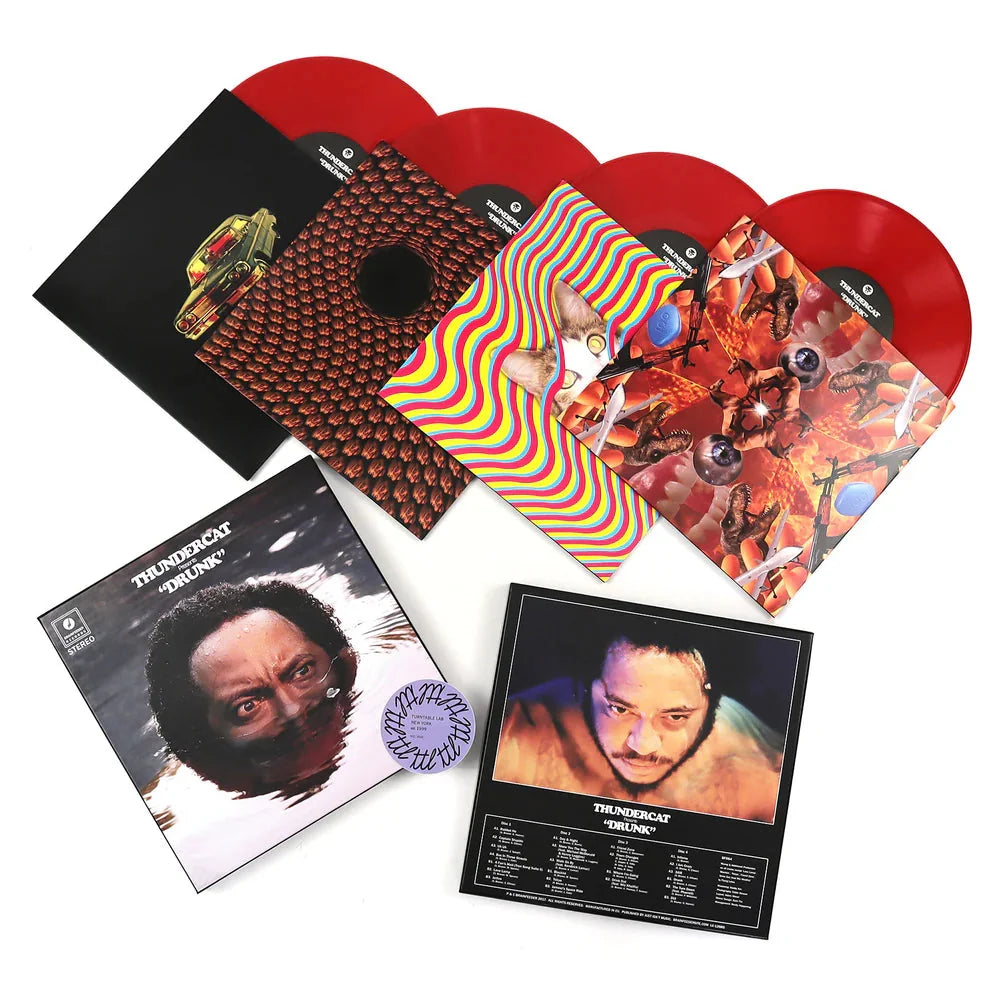
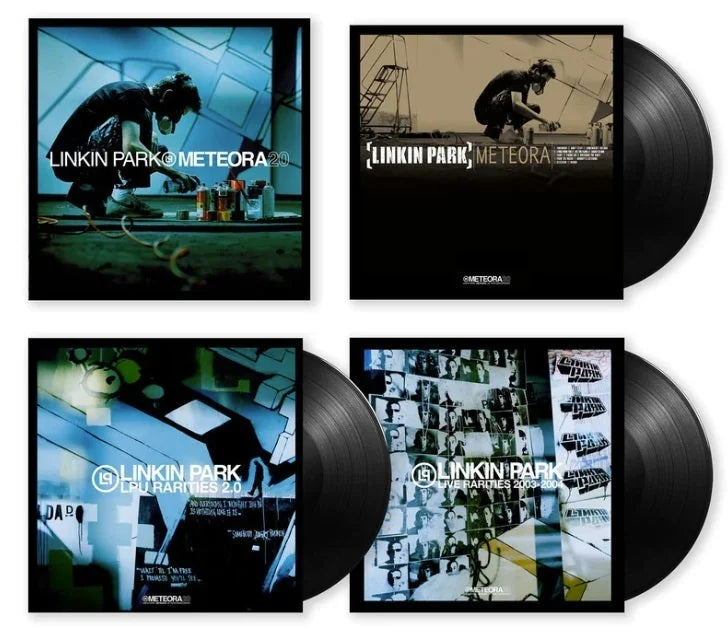

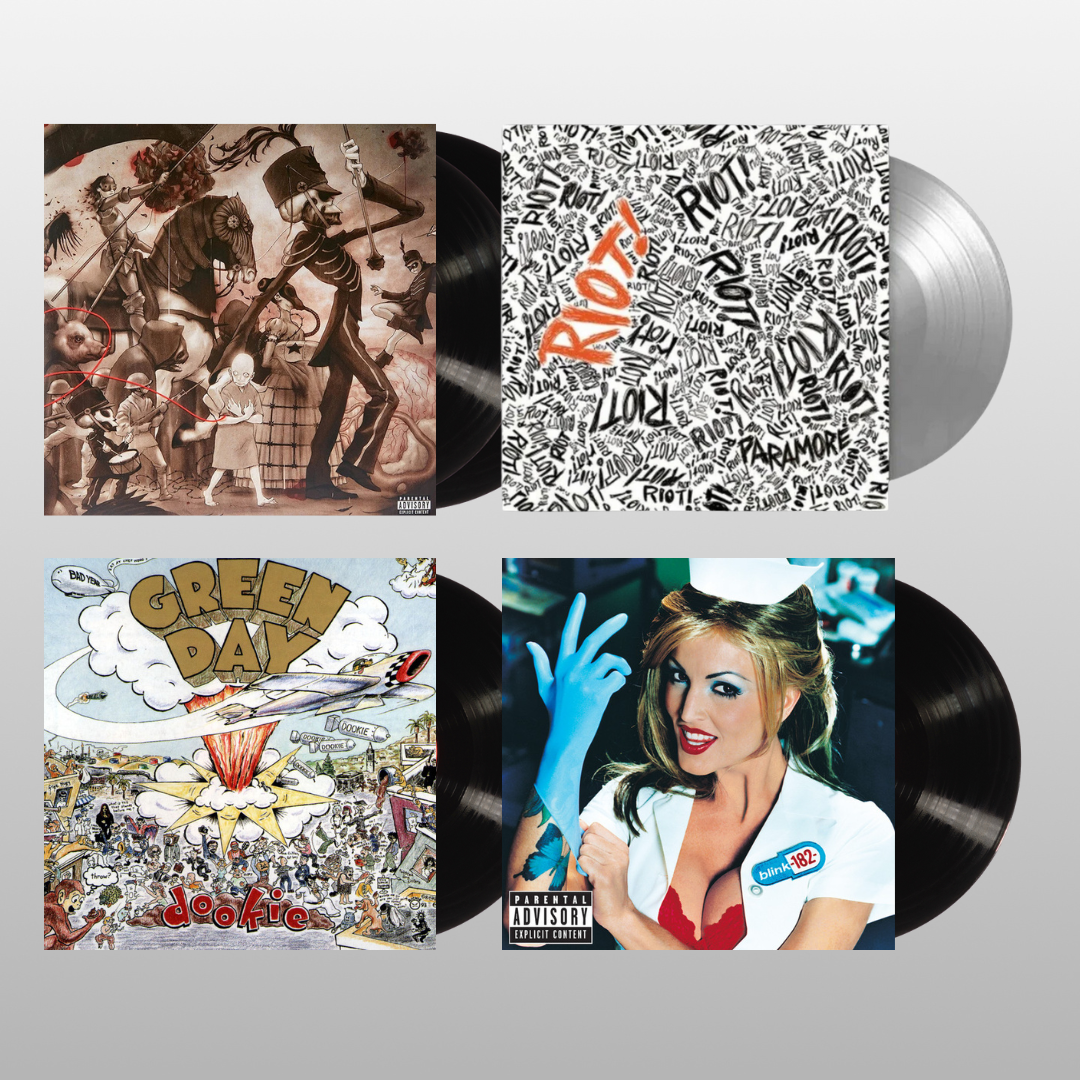
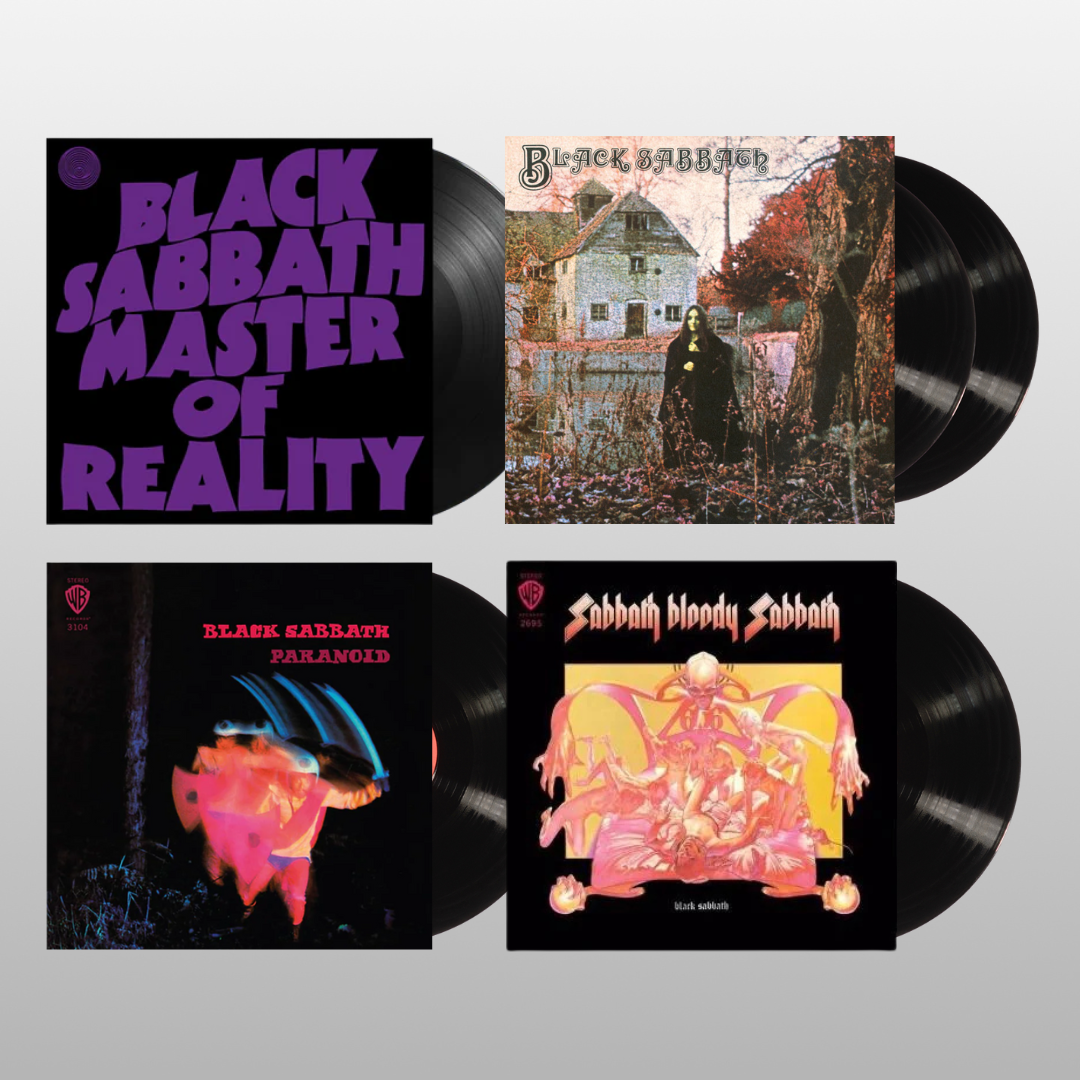
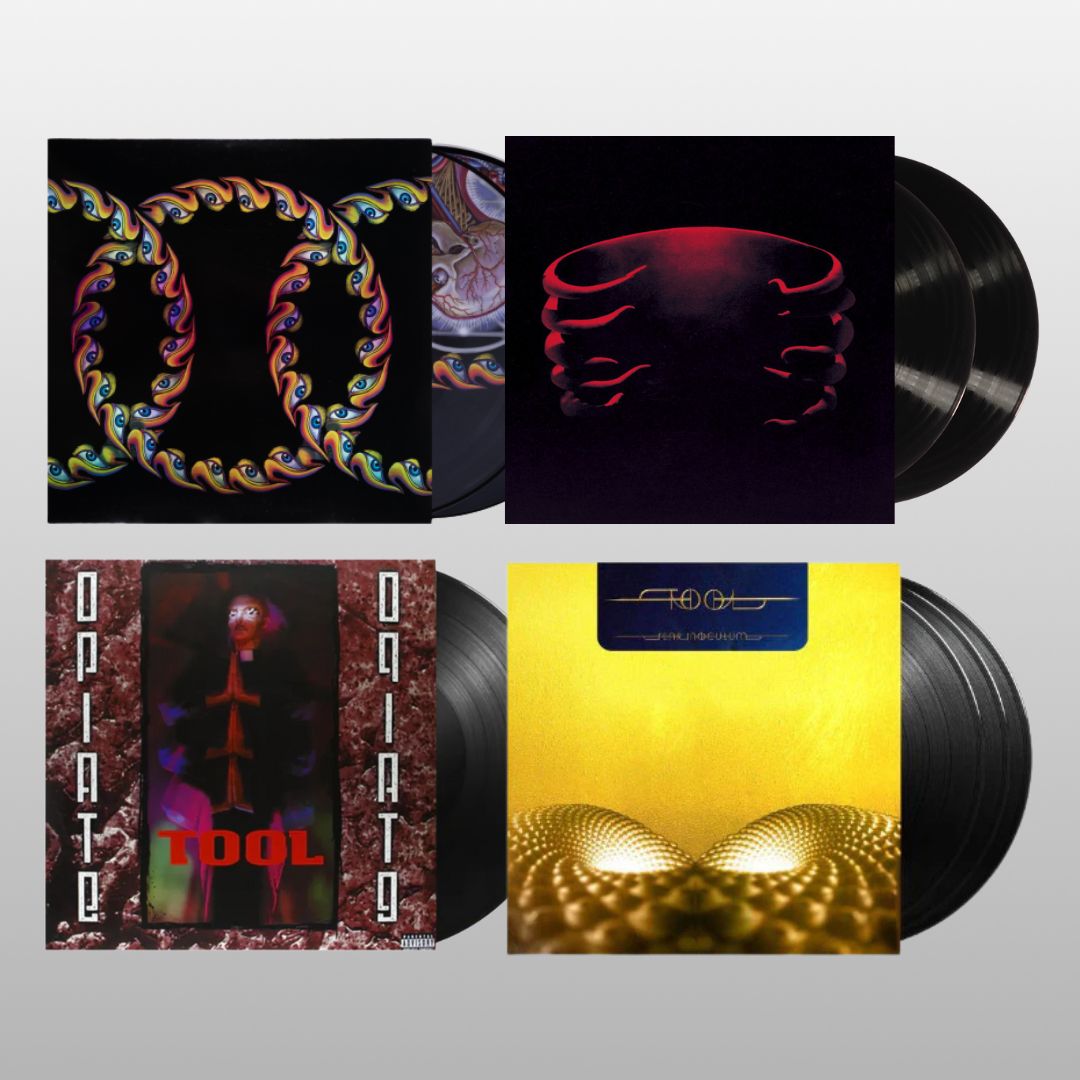
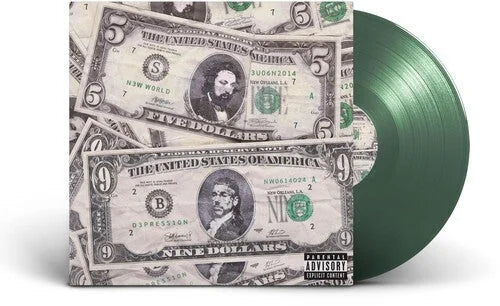
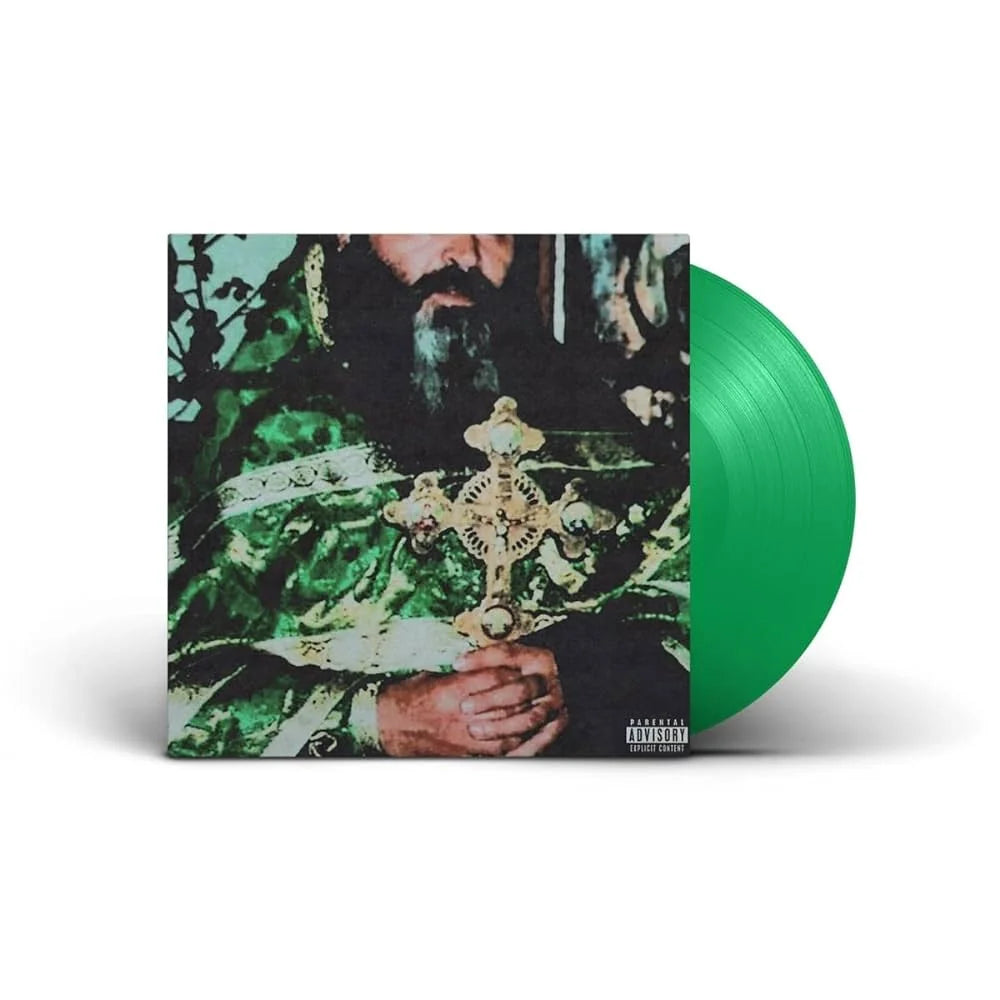
![(hed) p.e. - New And Improved [Pink]](http://vinyl.com/cdn/shop/files/4425252-3389420.jpg?v=1746578880&width=5760)
![1 Locate S - Wicked Jaw [Sky Blue]](http://vinyl.com/cdn/shop/files/4217742-2982879.jpg?v=1693273095&width=5760)
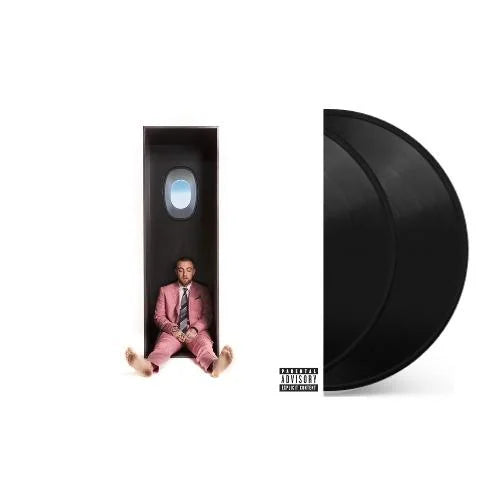
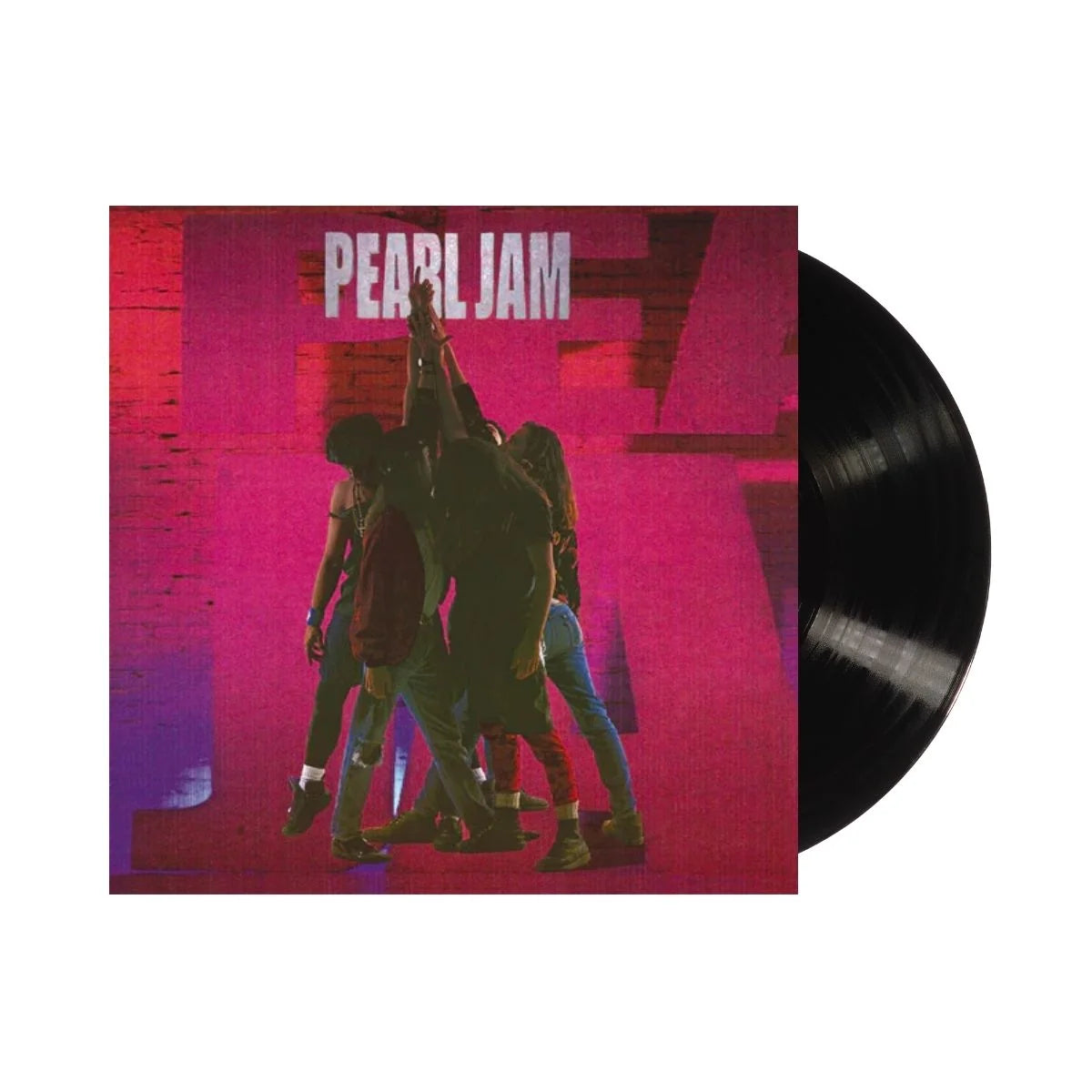
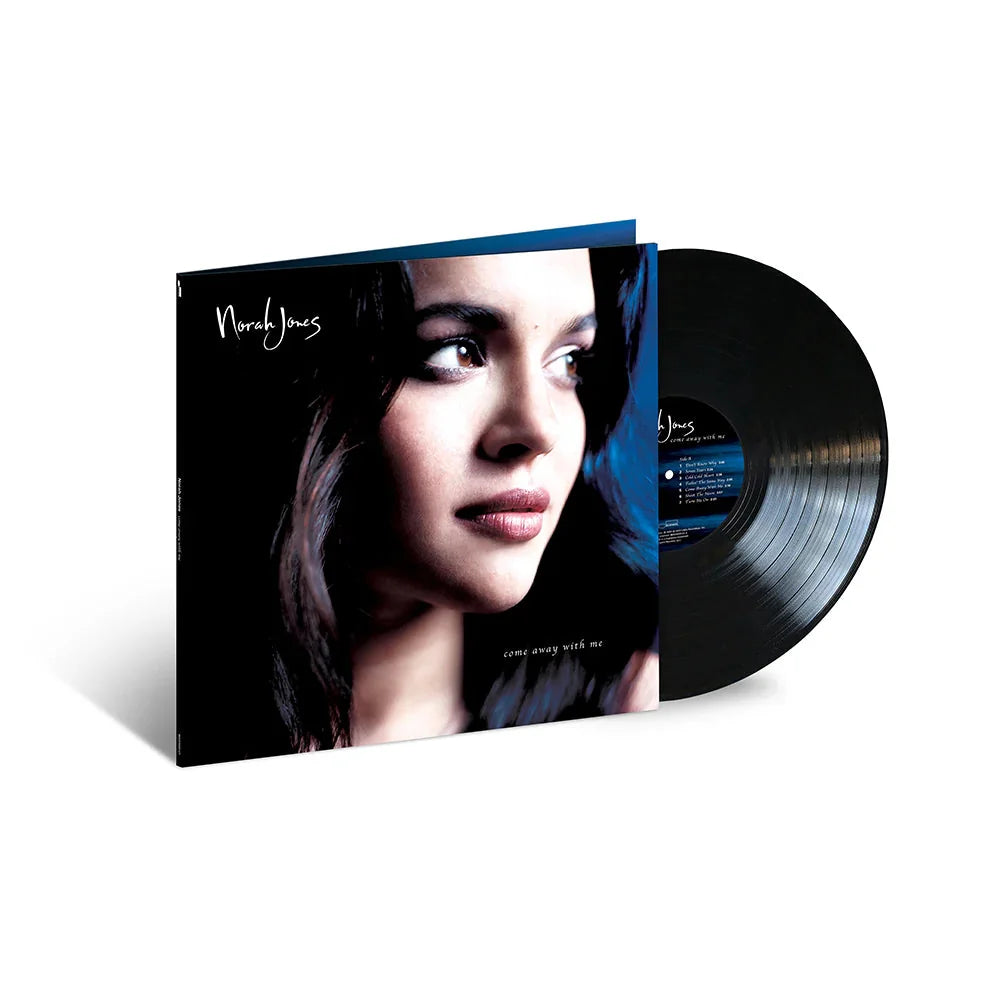
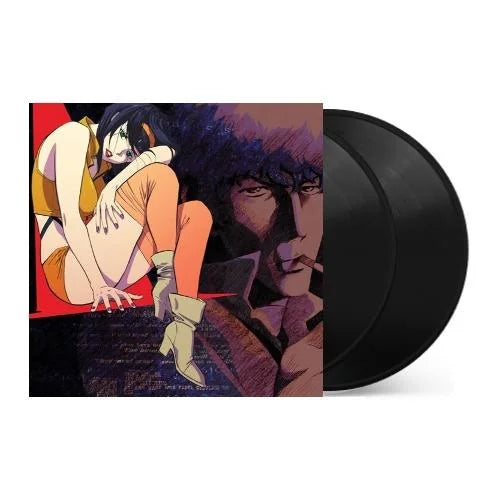
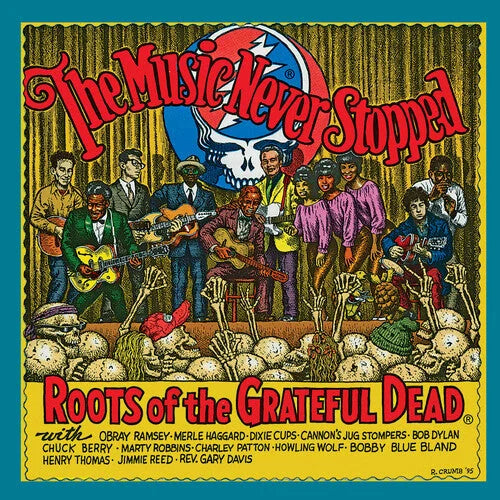

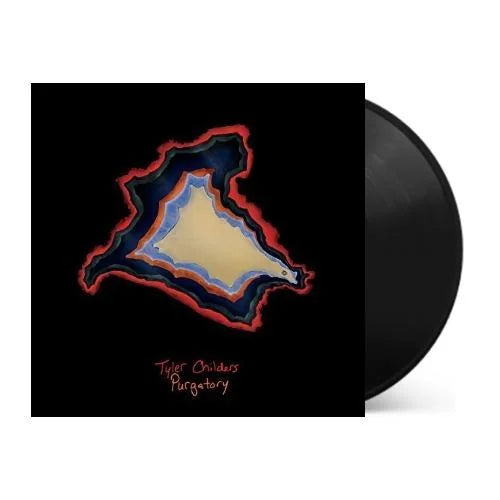
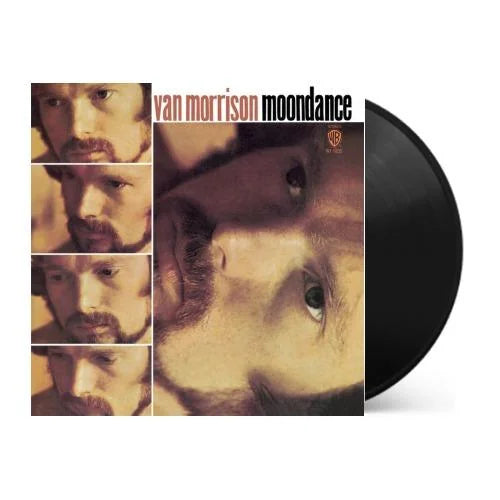
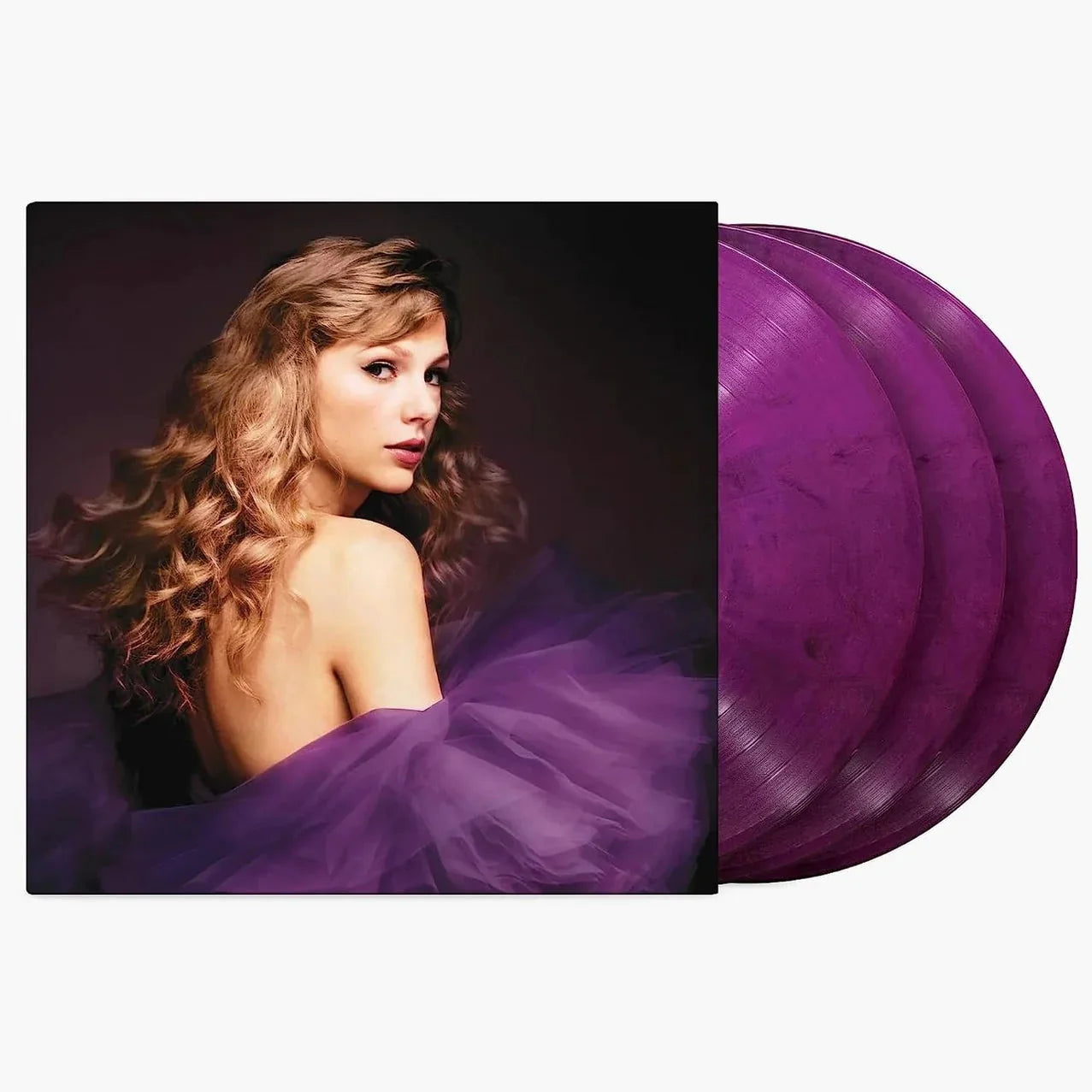
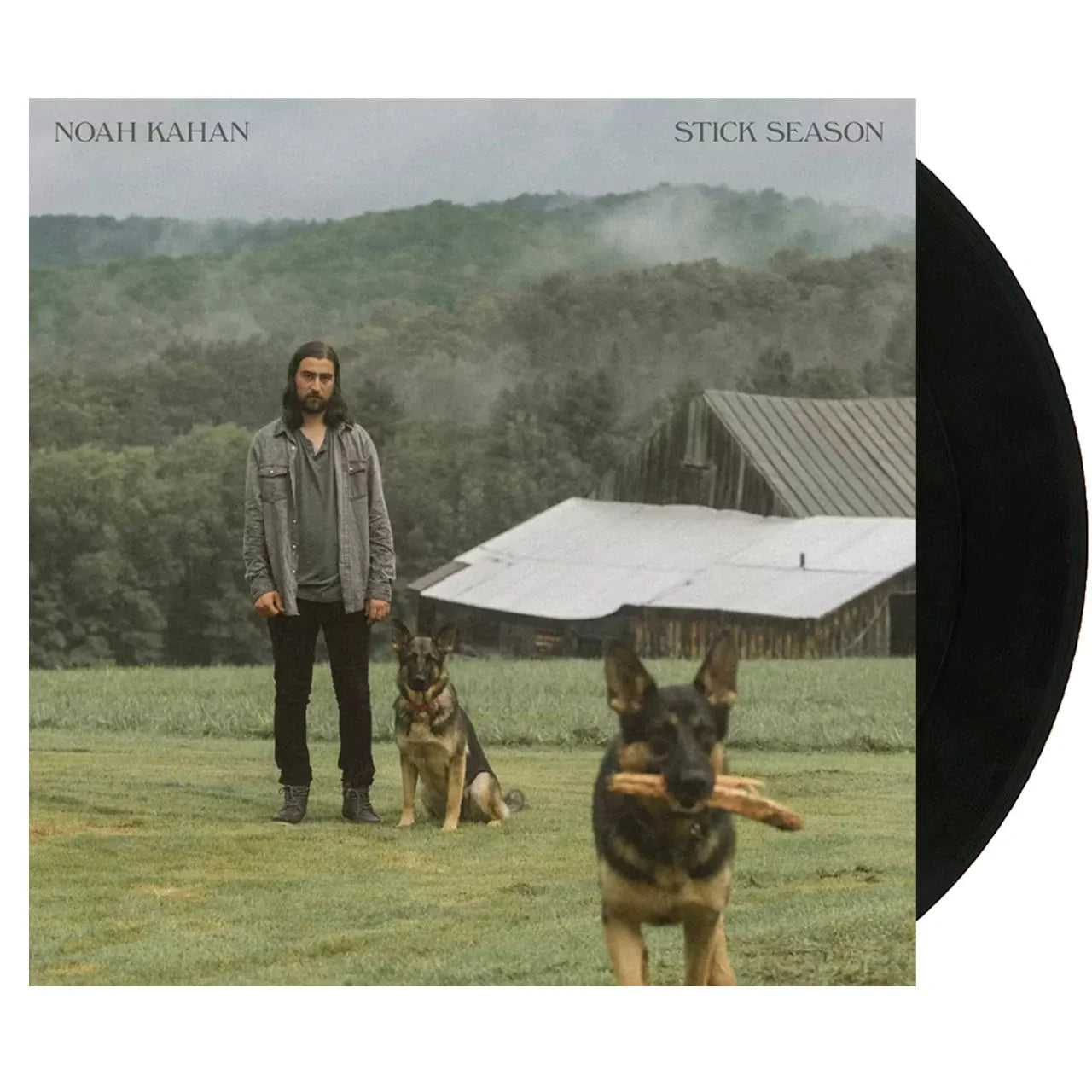
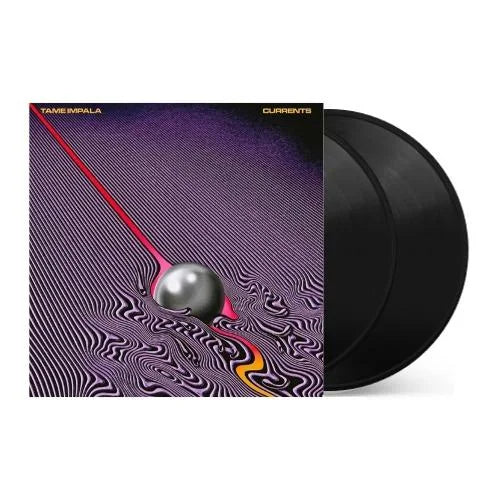
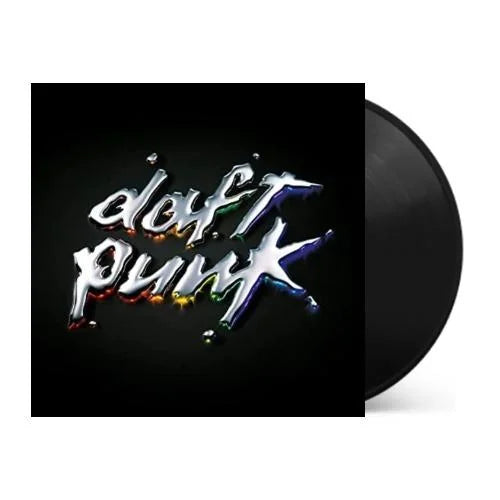
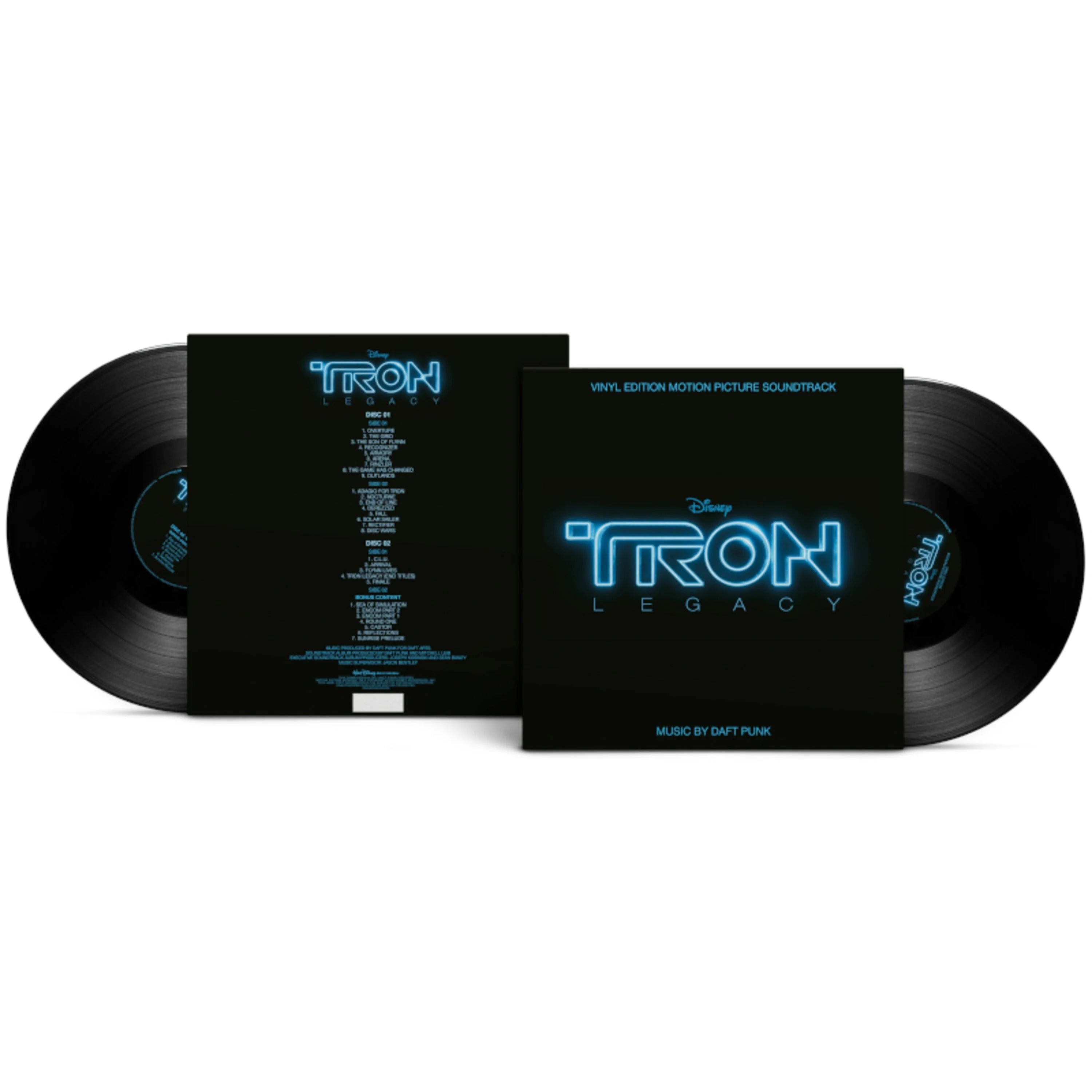
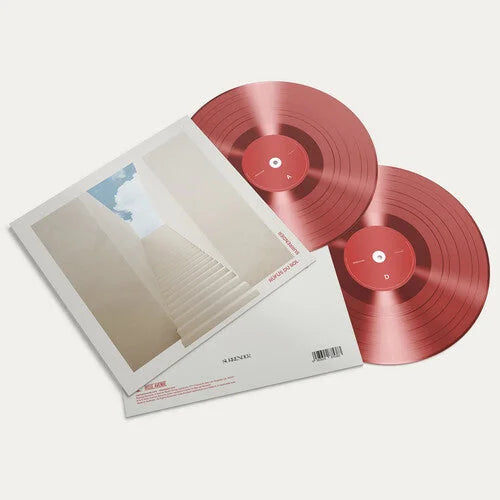
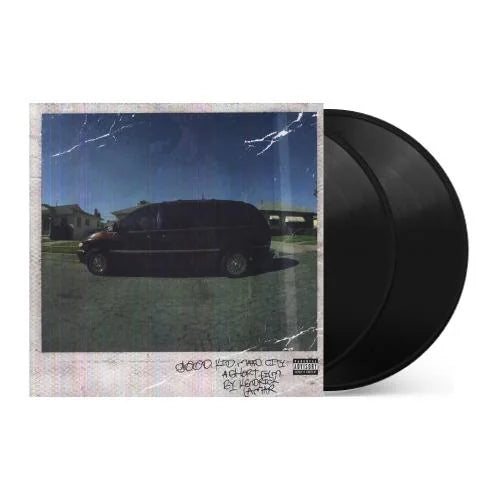
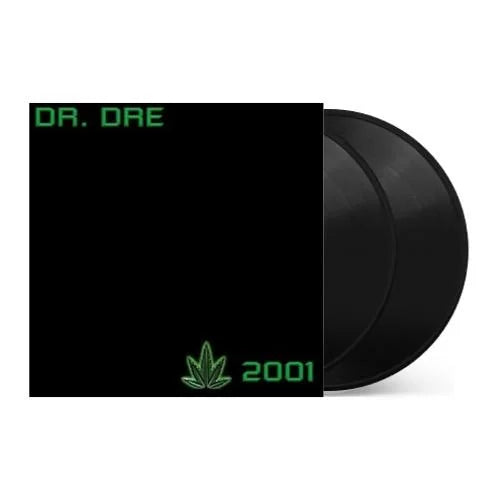
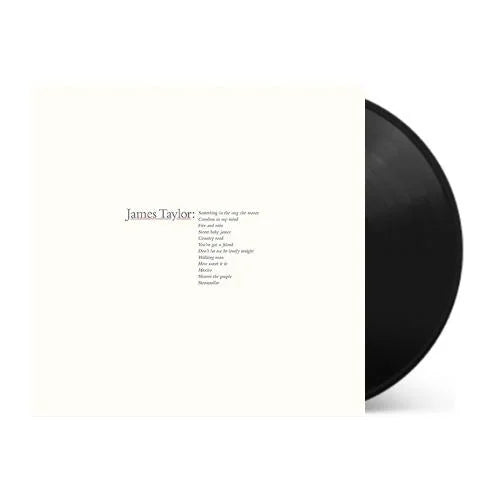
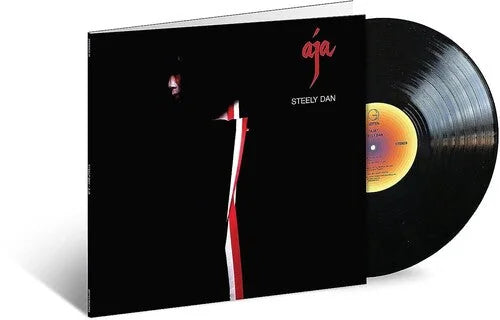
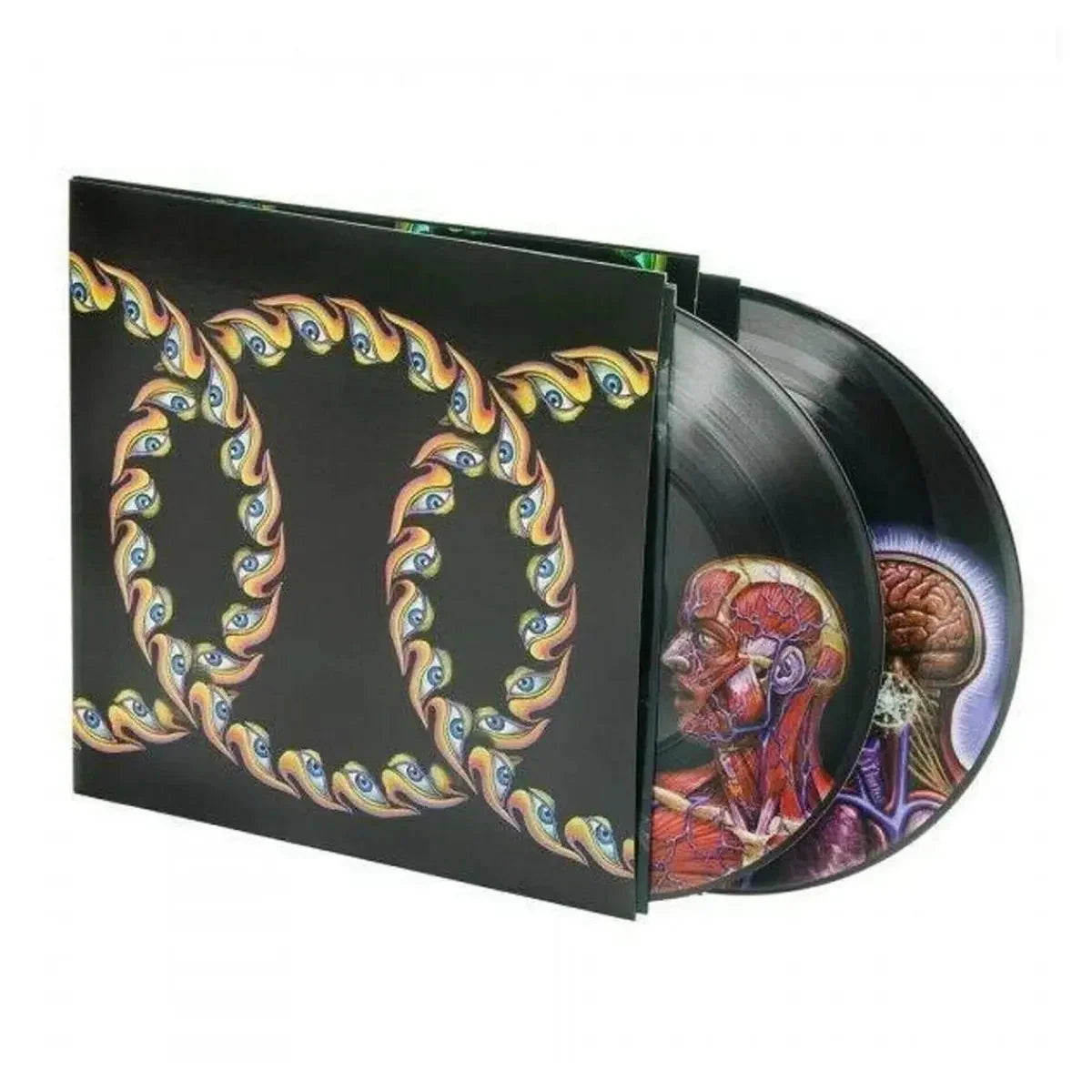
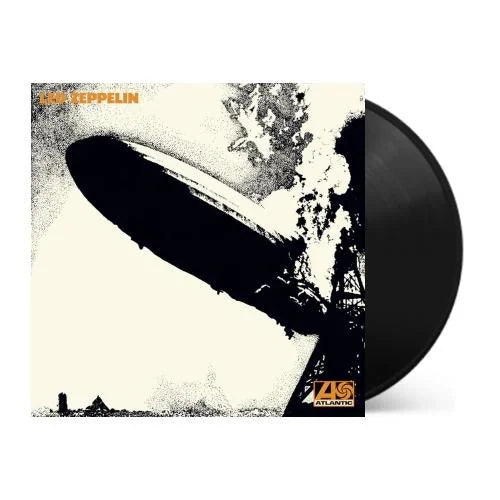
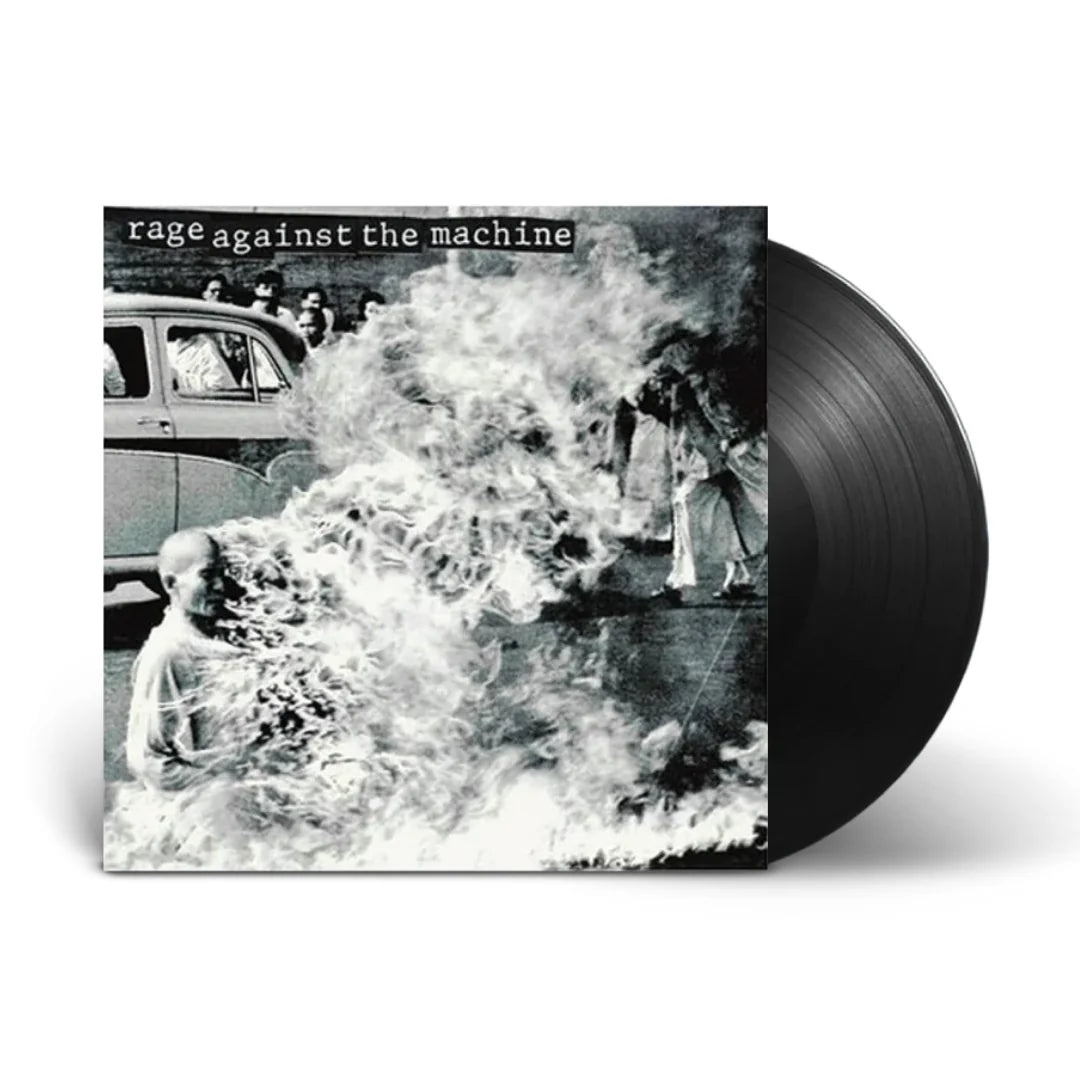
![Taylor Swift - 1989 (Taylor's Version) [2LP Crystal Skies Blue]](http://vinyl.com/cdn/shop/files/taylor_swift_1989_taylors_version.jpg?v=1734389117&width=5760)
![Taylor Swift - folklore [2LP Beige]](http://vinyl.com/cdn/shop/files/477929-Product-0-I-637317959467683009_grande_a6f82db0-1cb7-45c5-8892-ed79af261e80.webp?v=1736750683&width=5760)
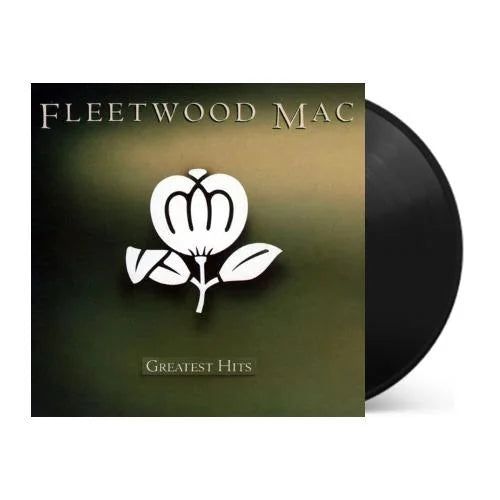
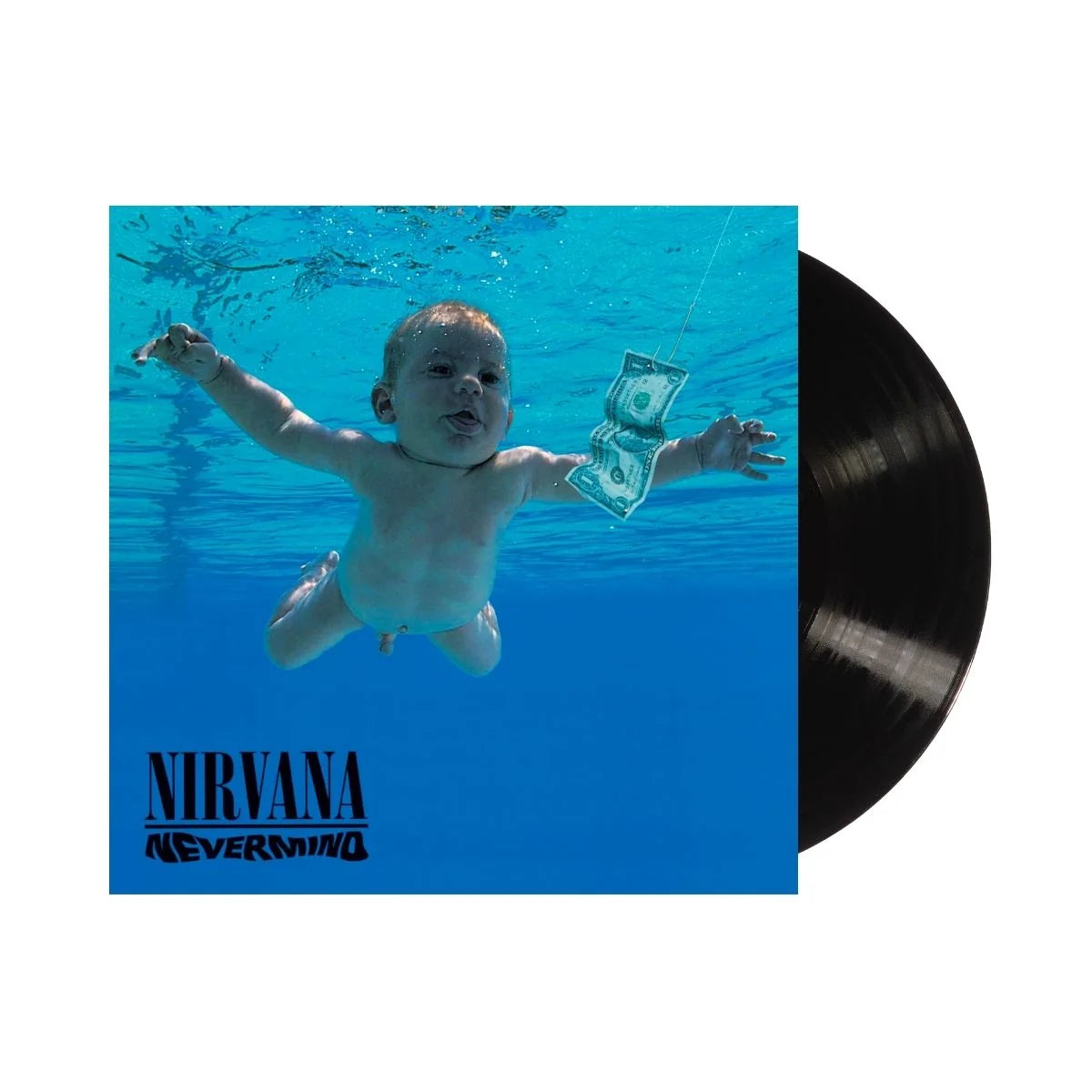
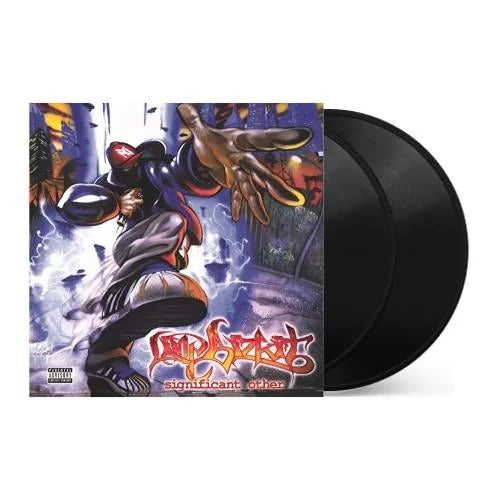
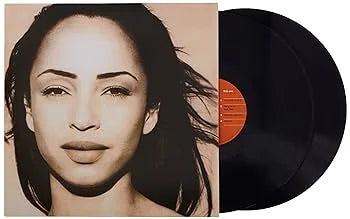
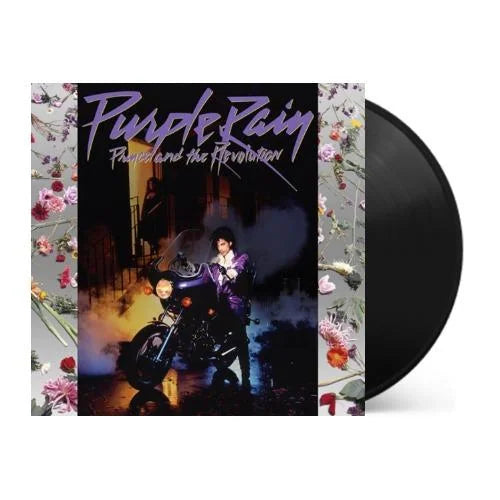

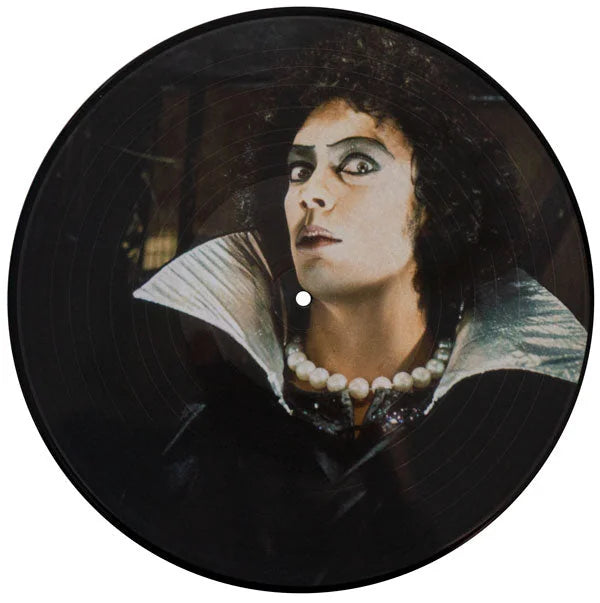
![Transformers: The Movie (Original Soundtrack) [Unicron Marbled 180-Gram]](http://vinyl.com/cdn/shop/files/4417308-3378319.jpg?v=1745982250&width=5760)




